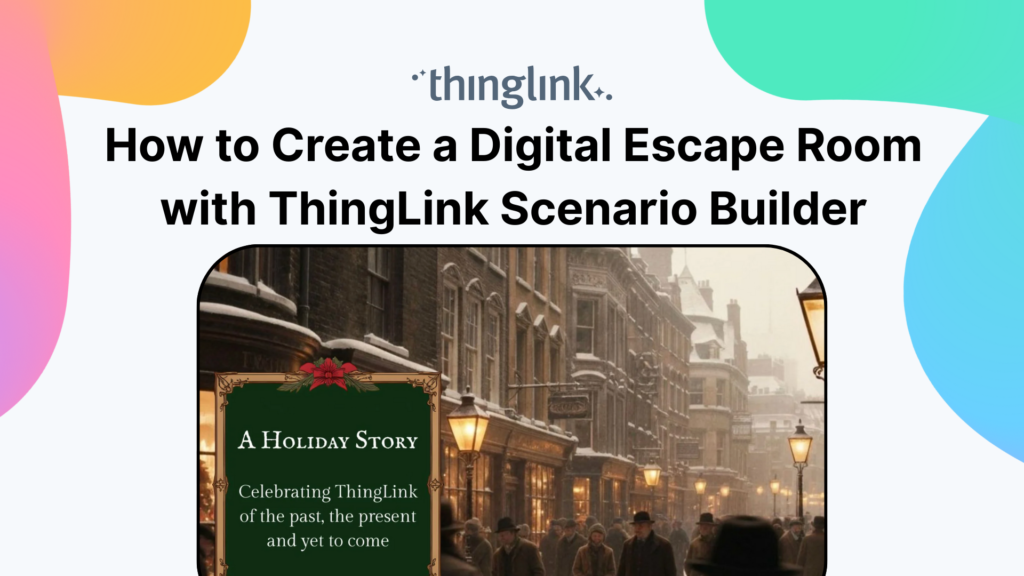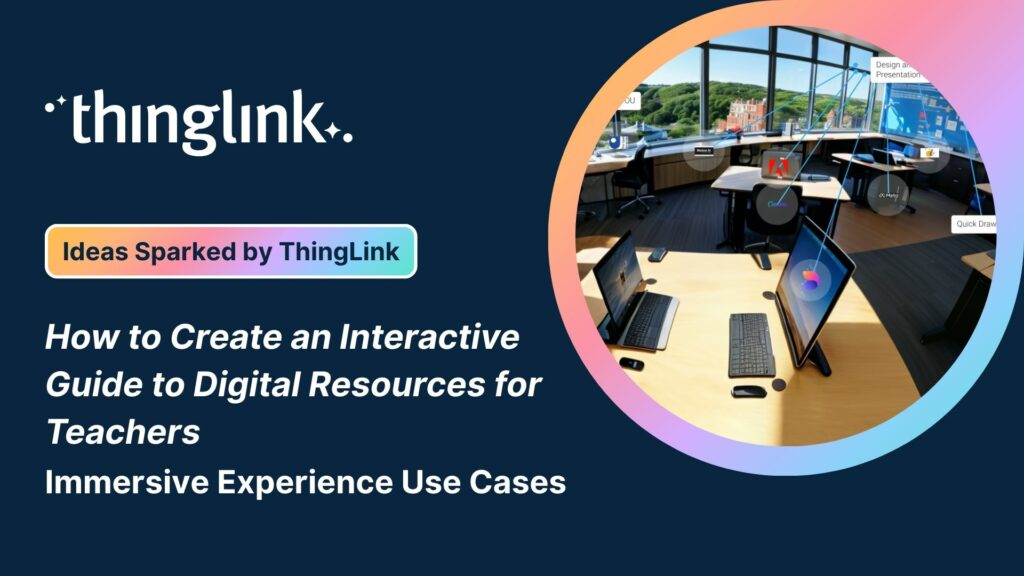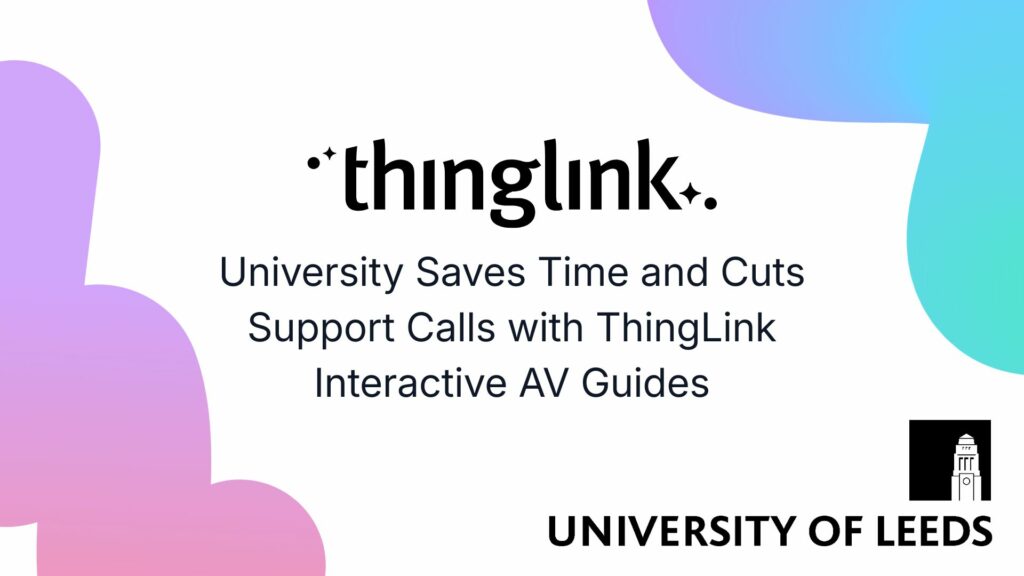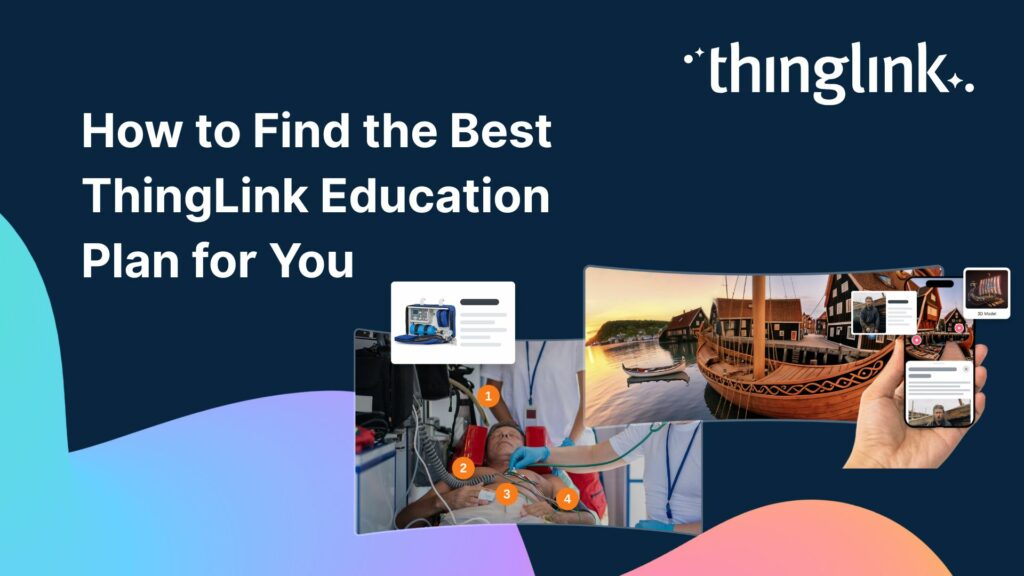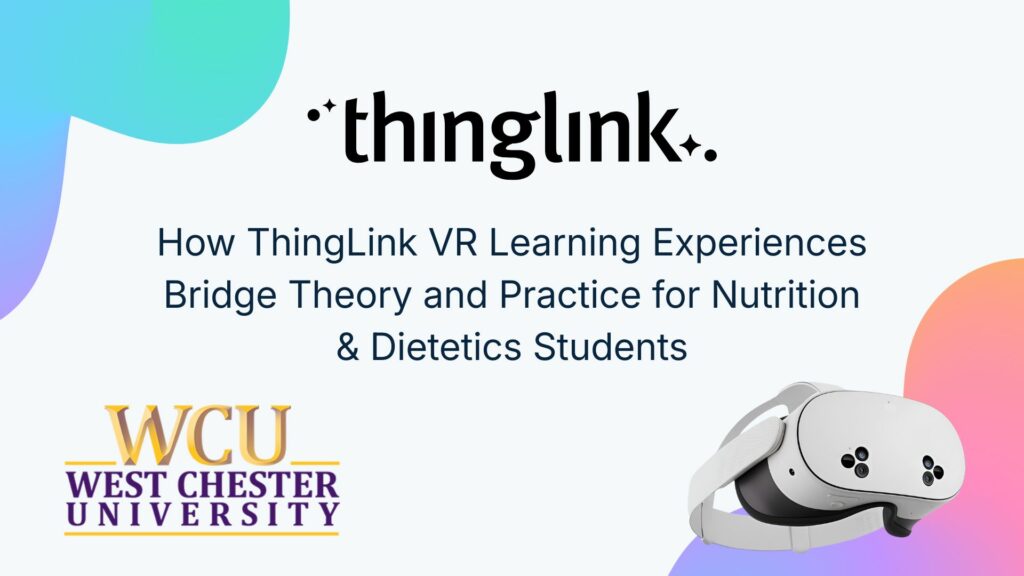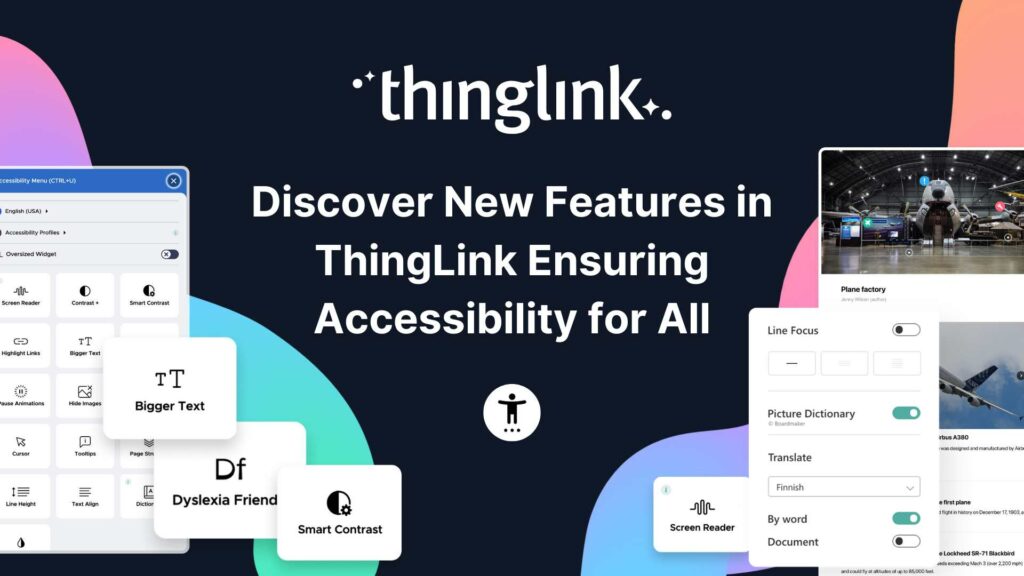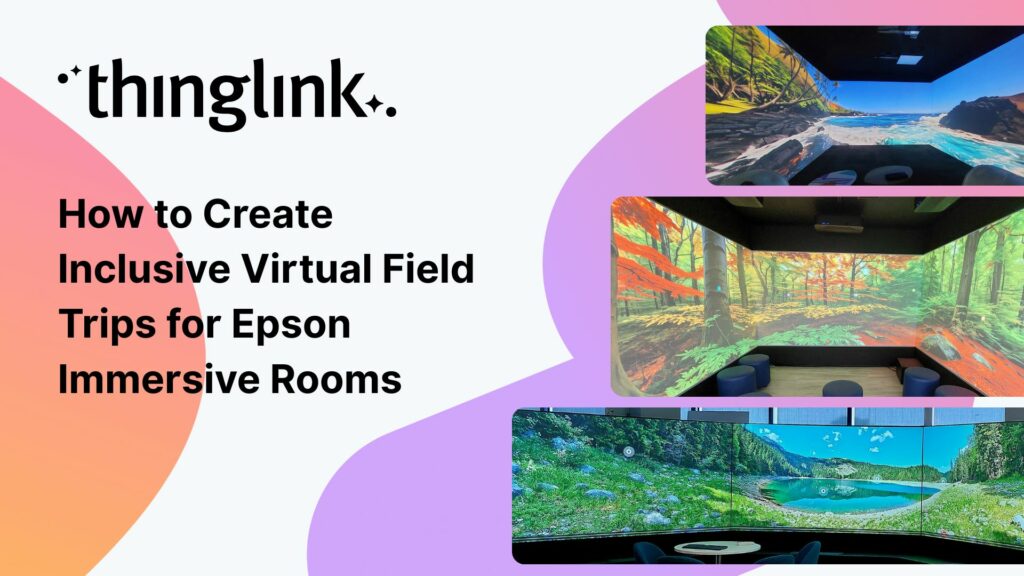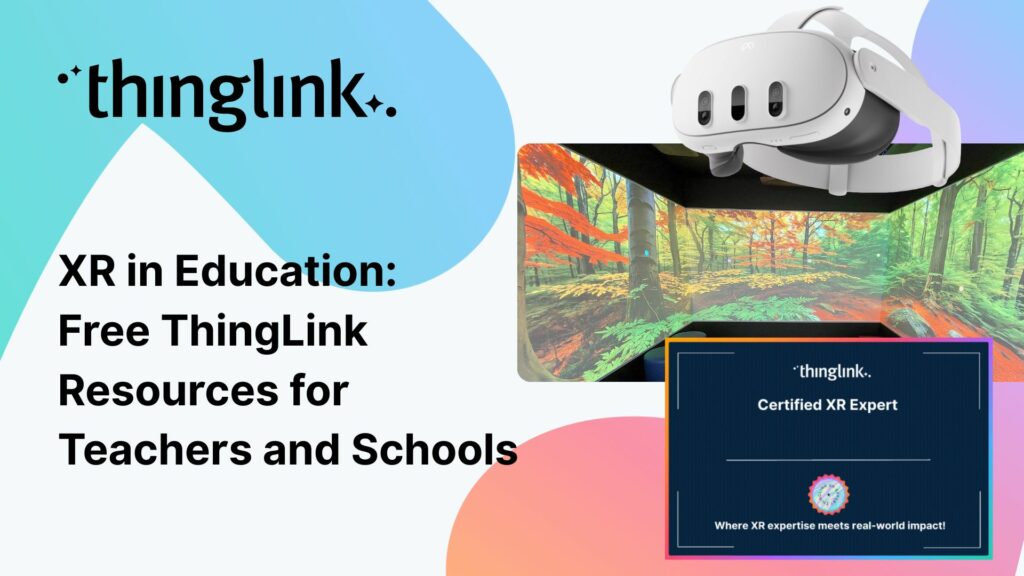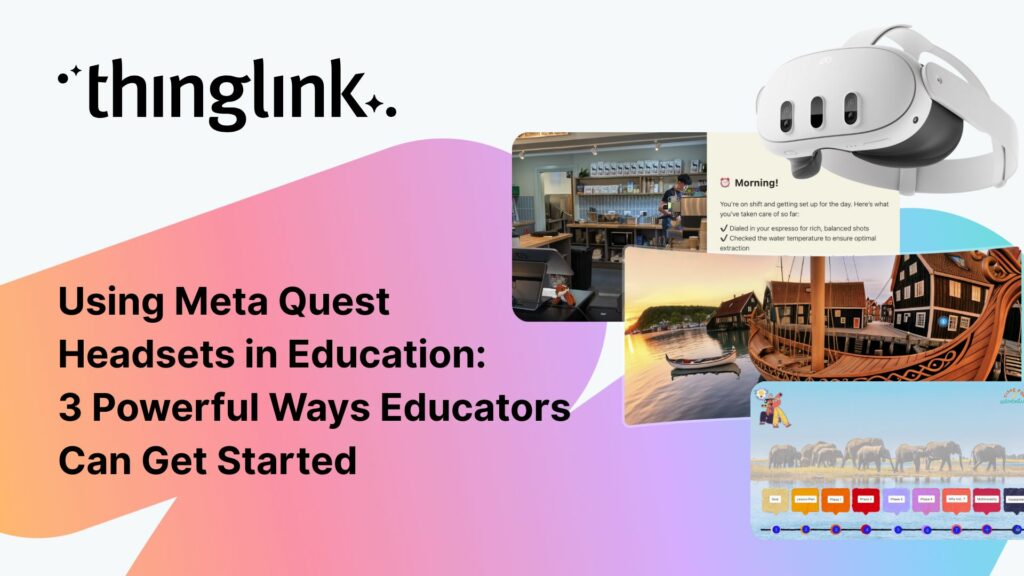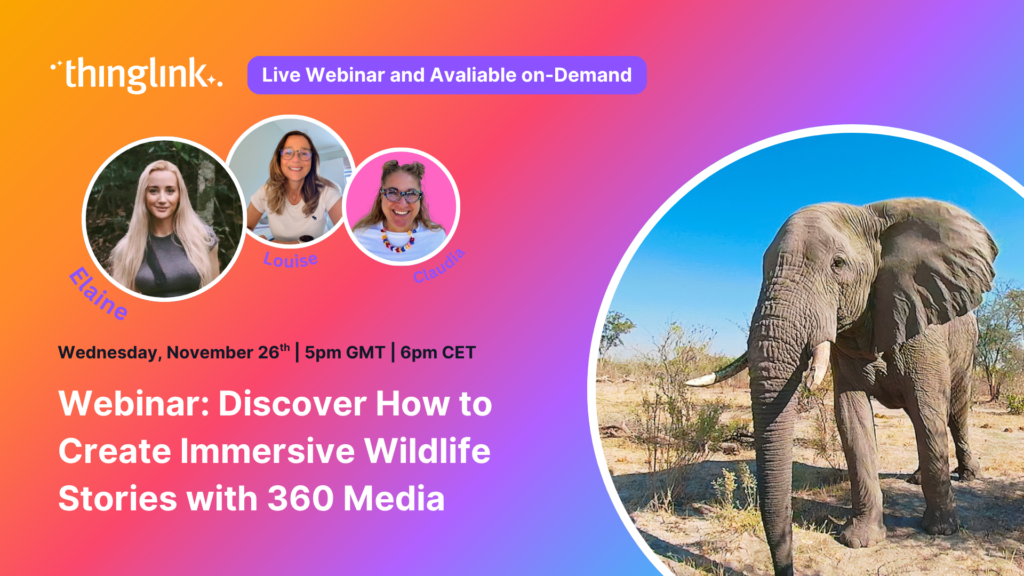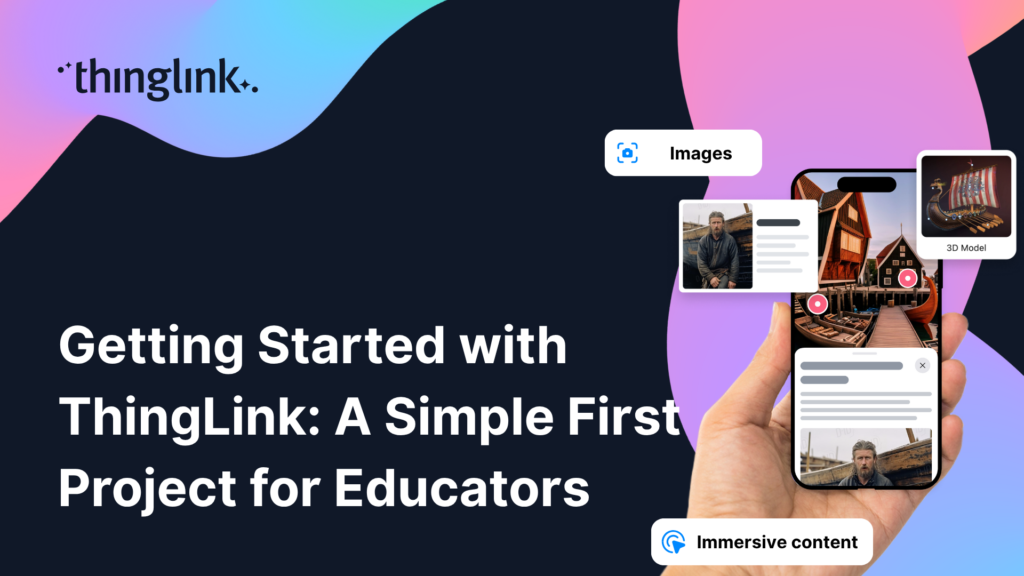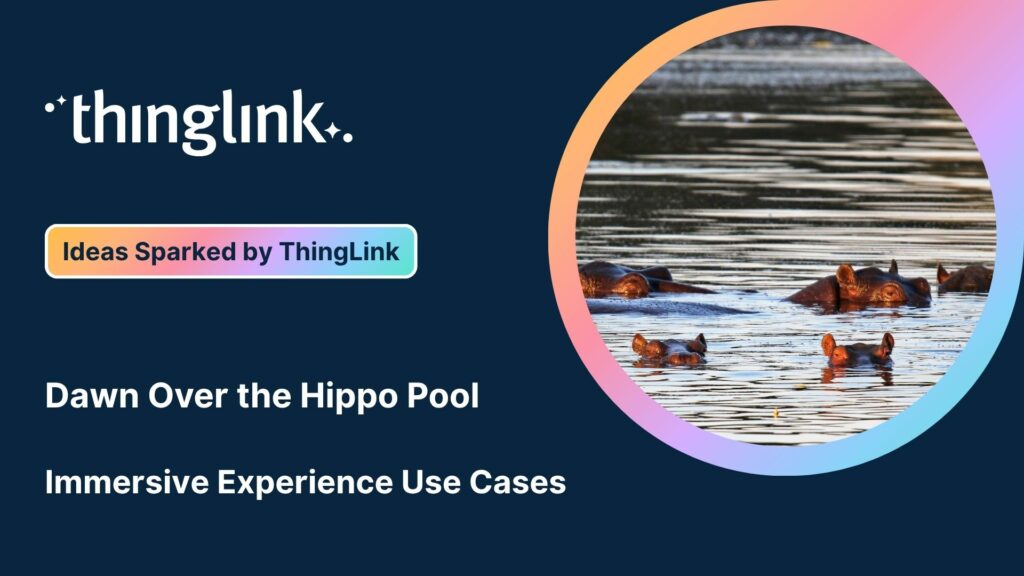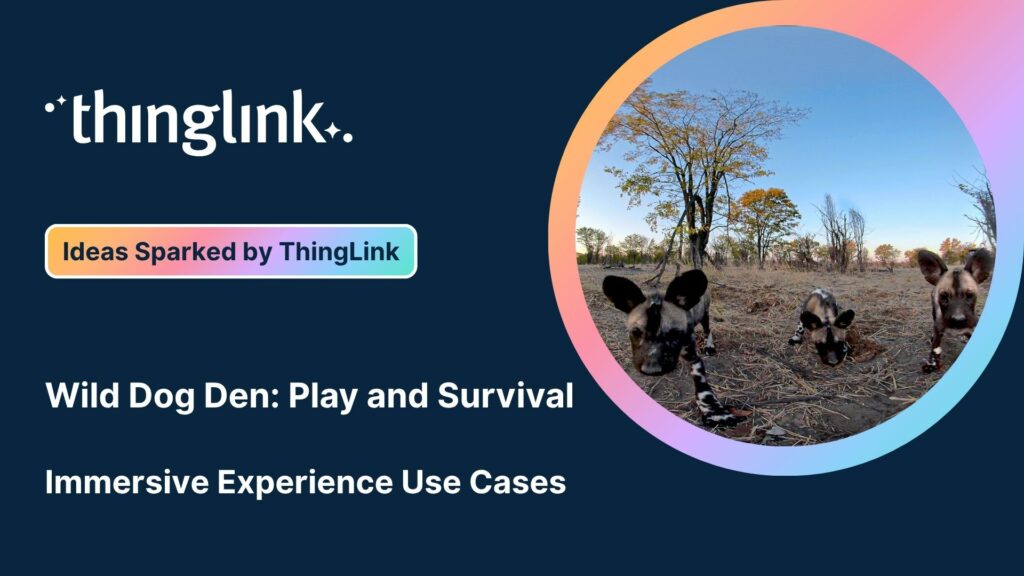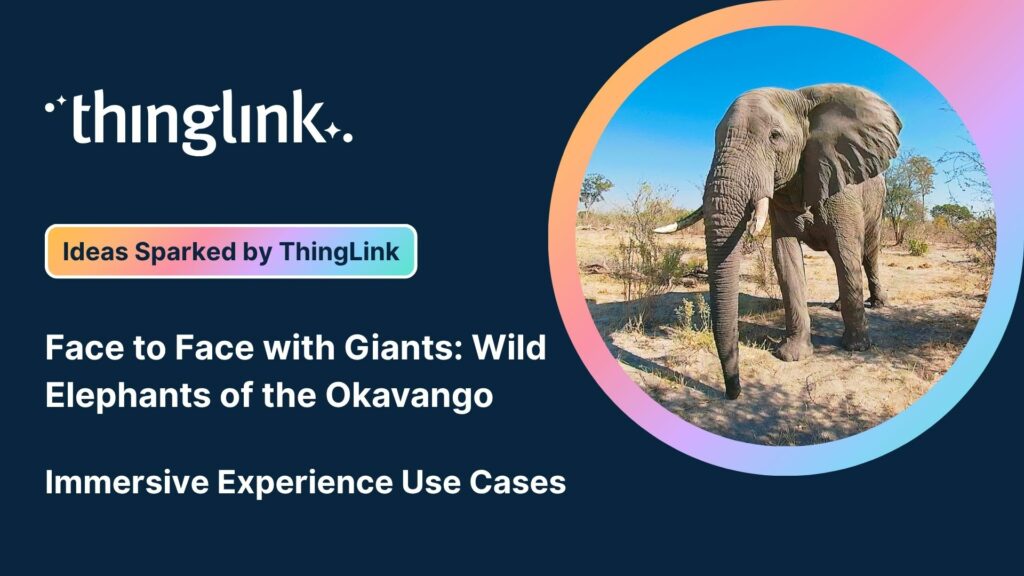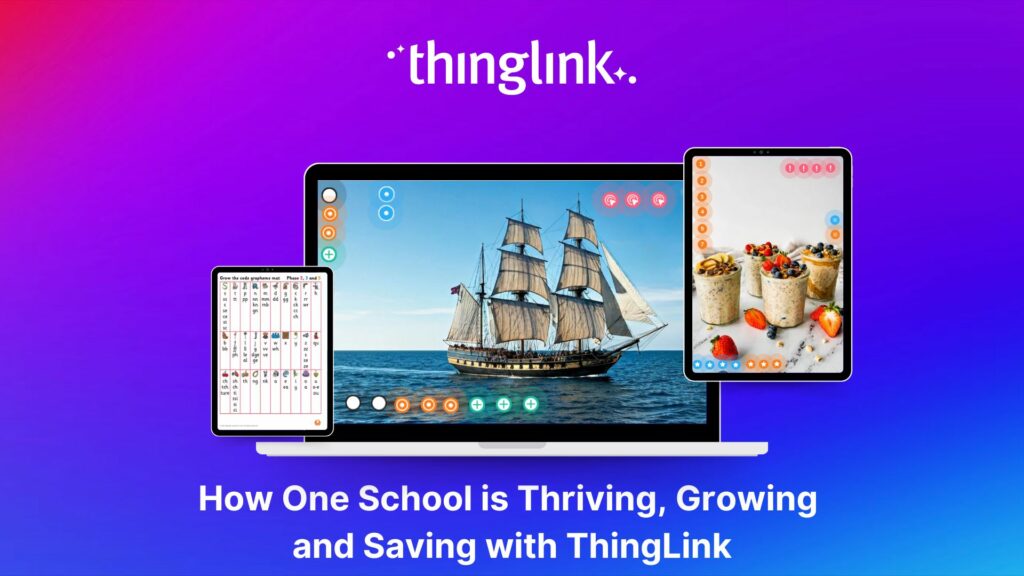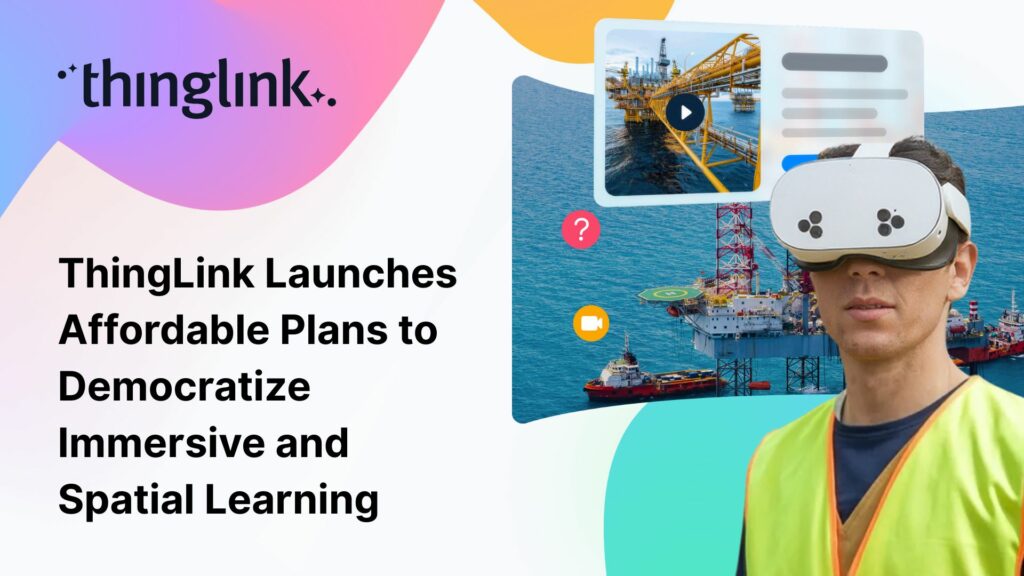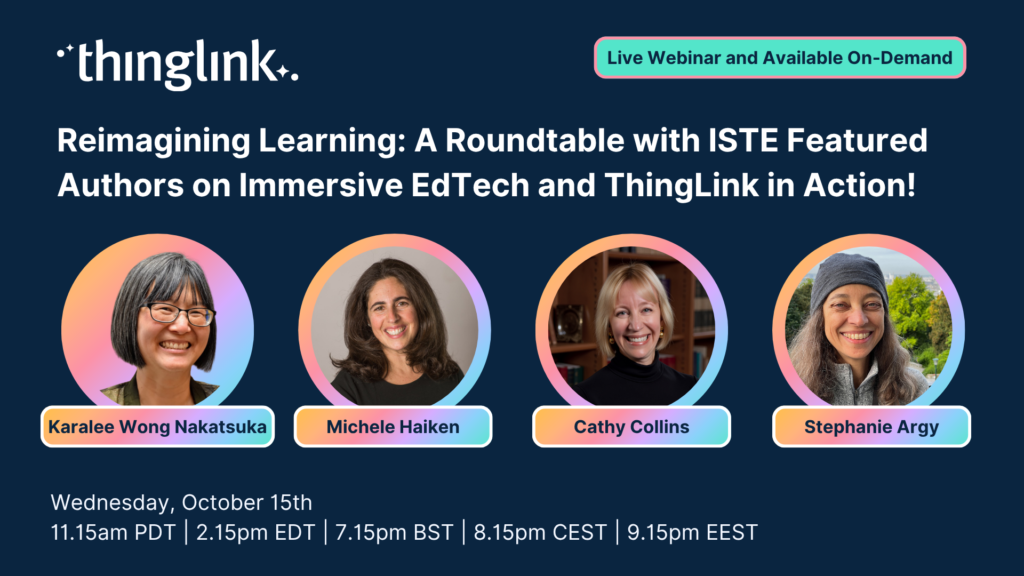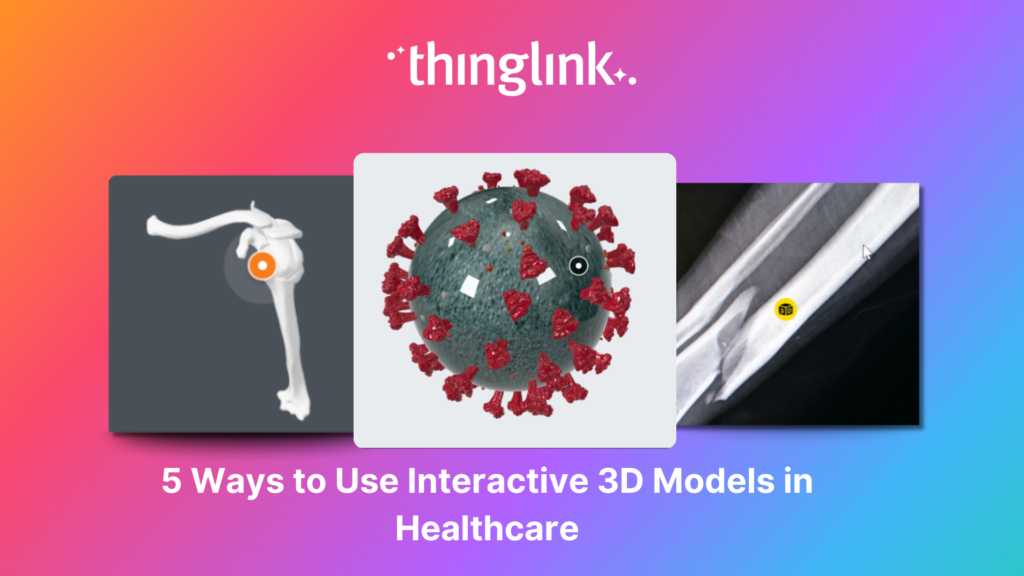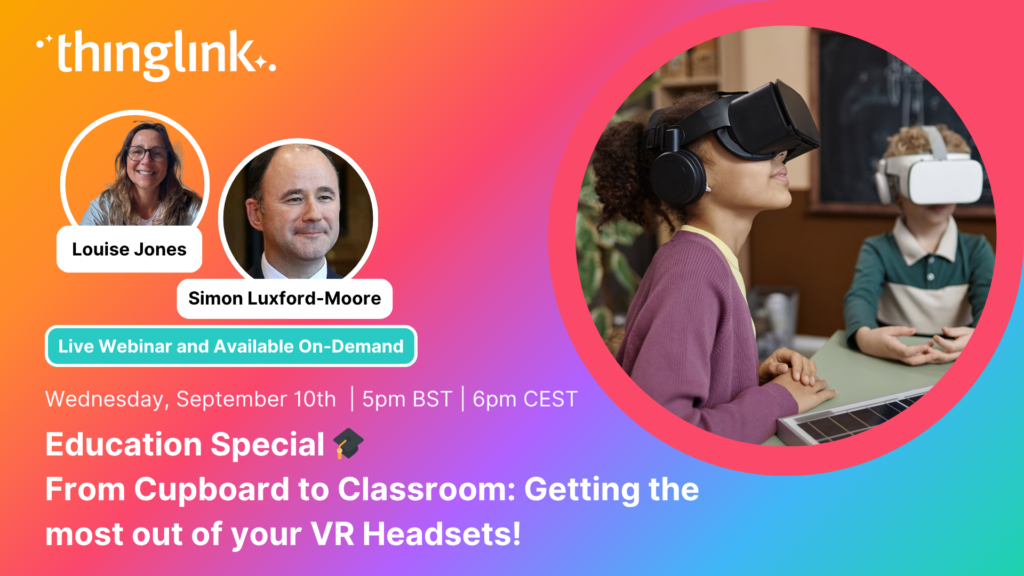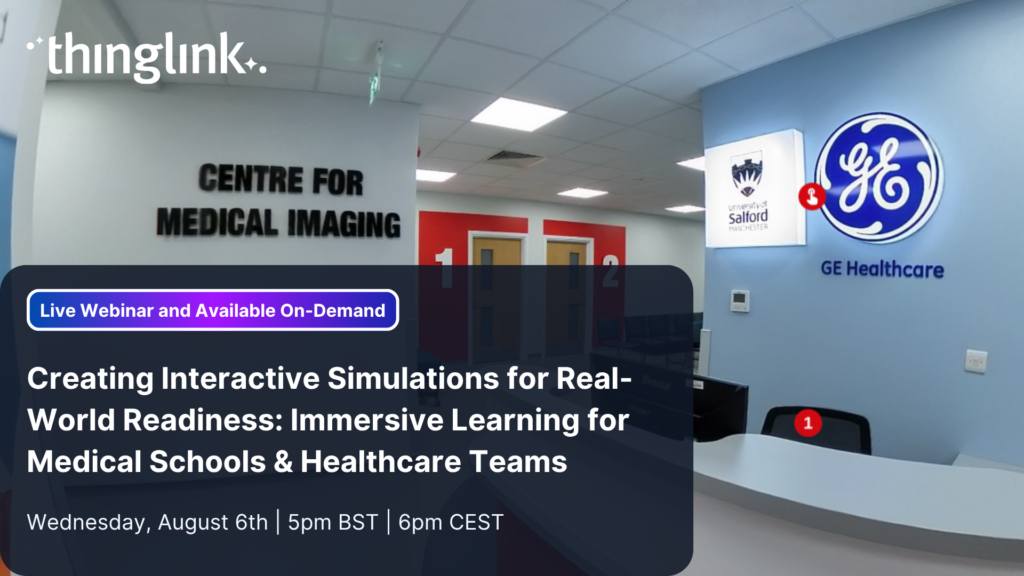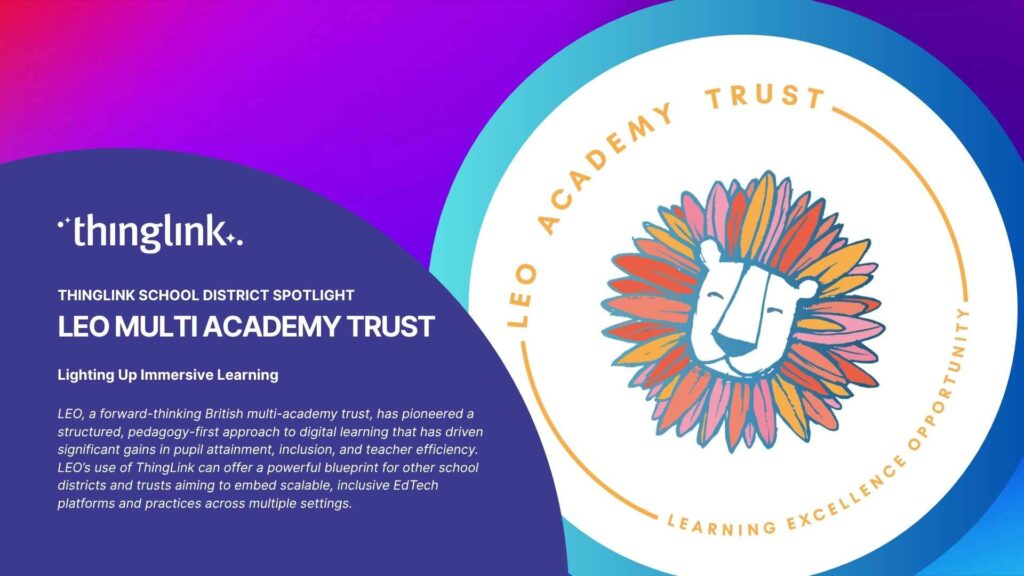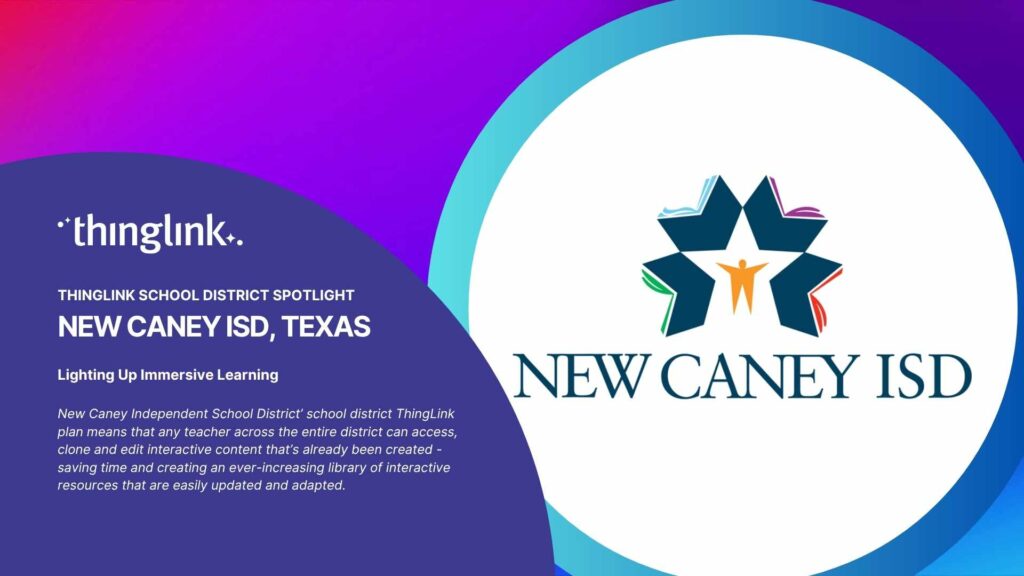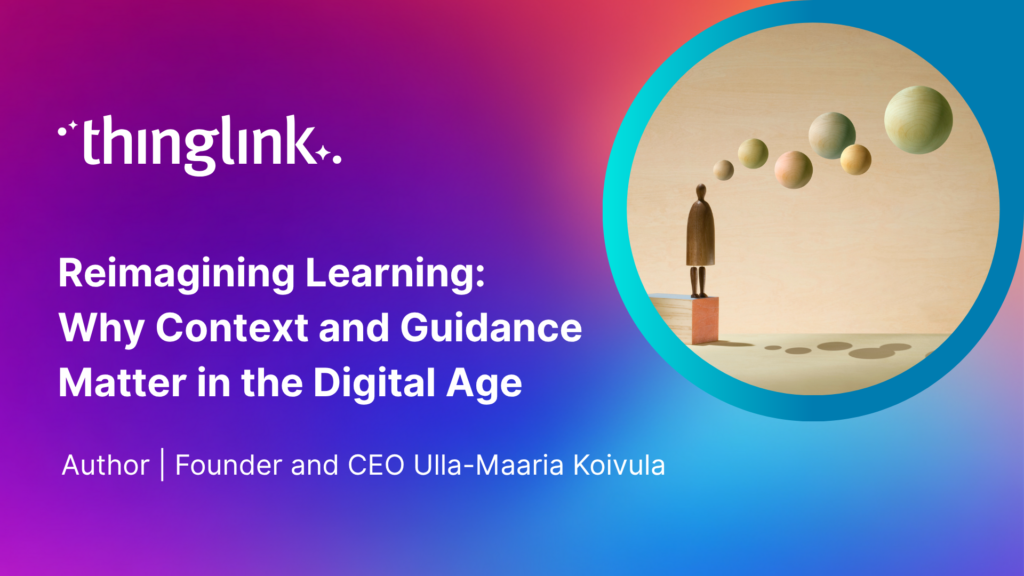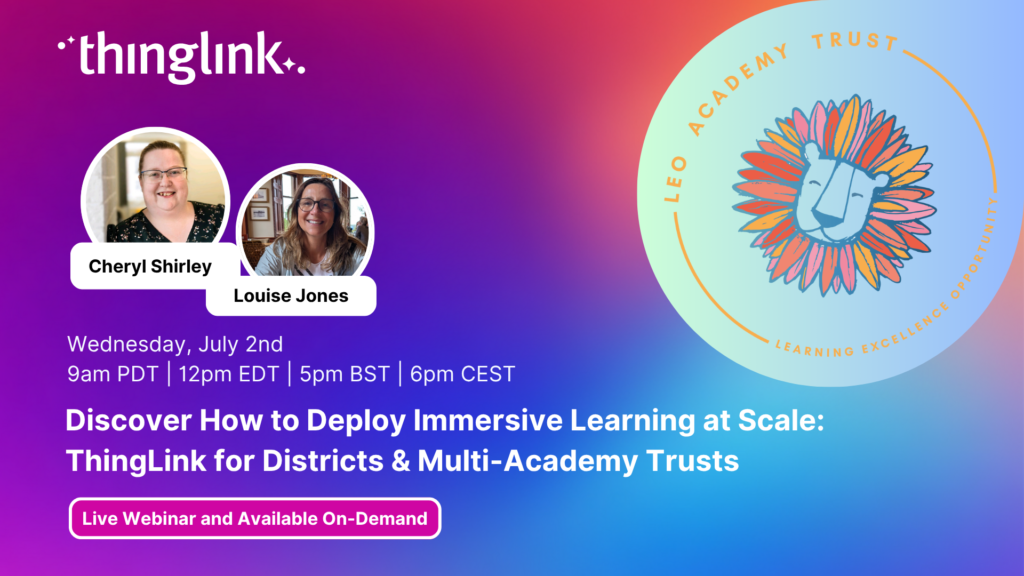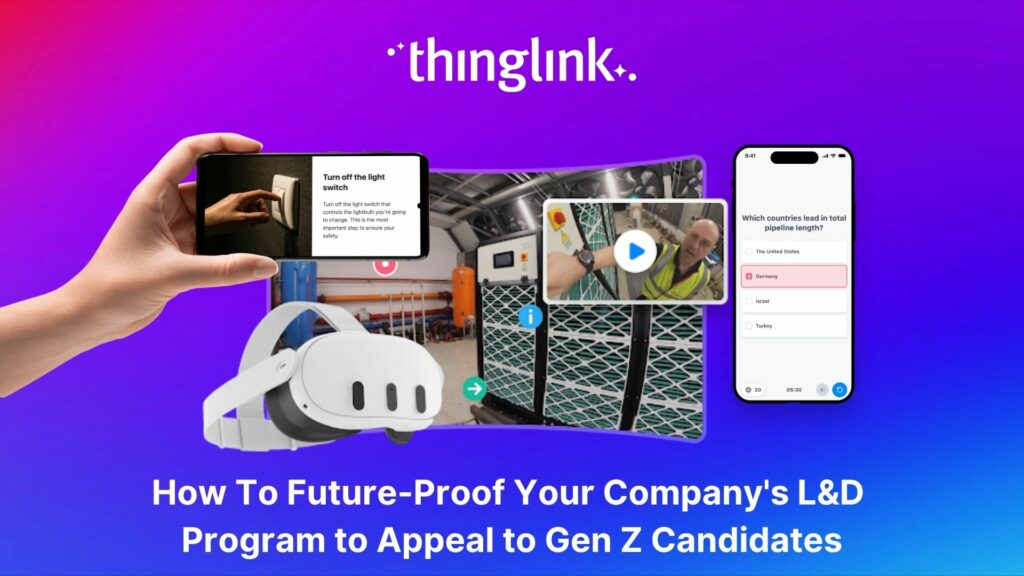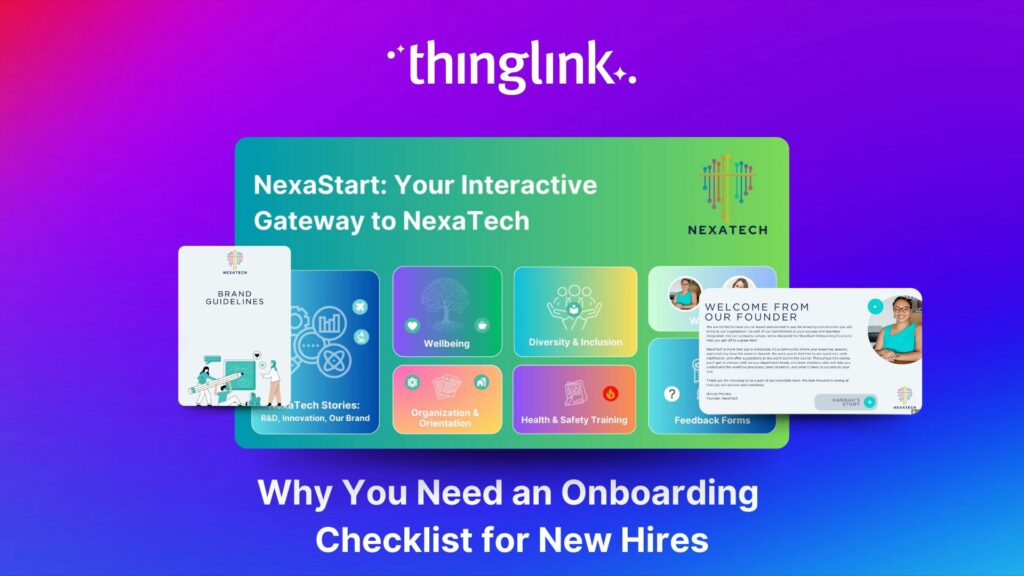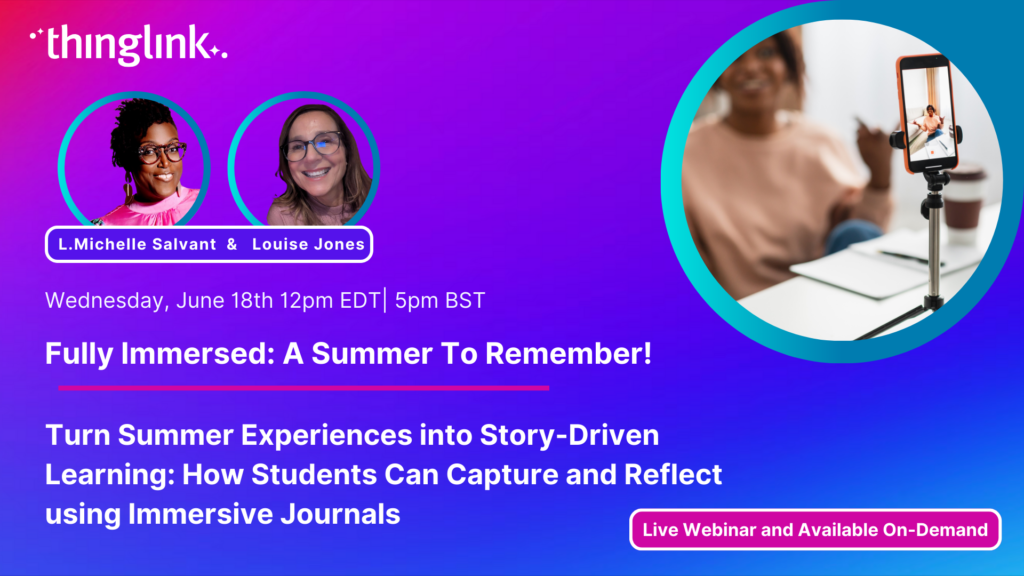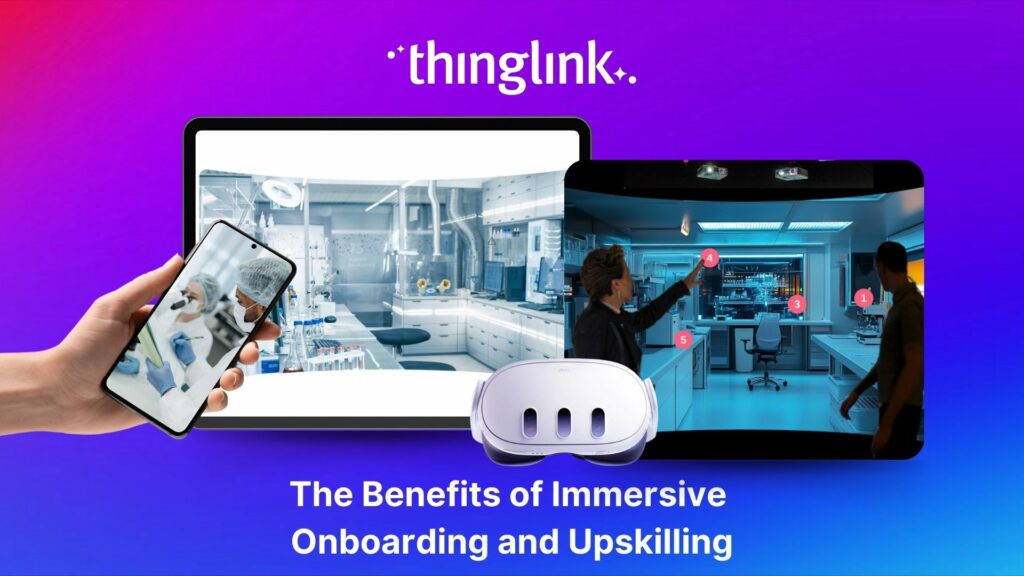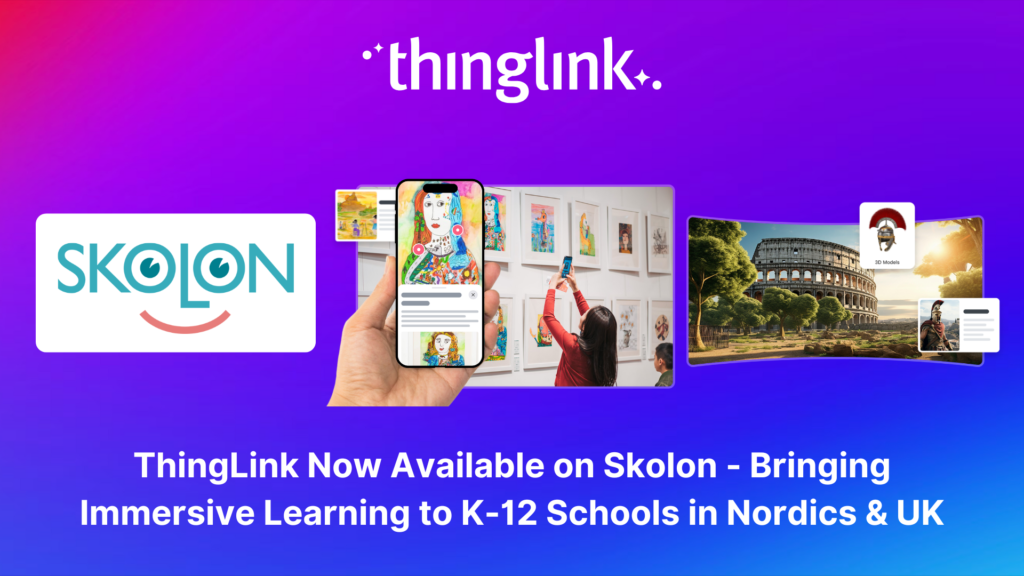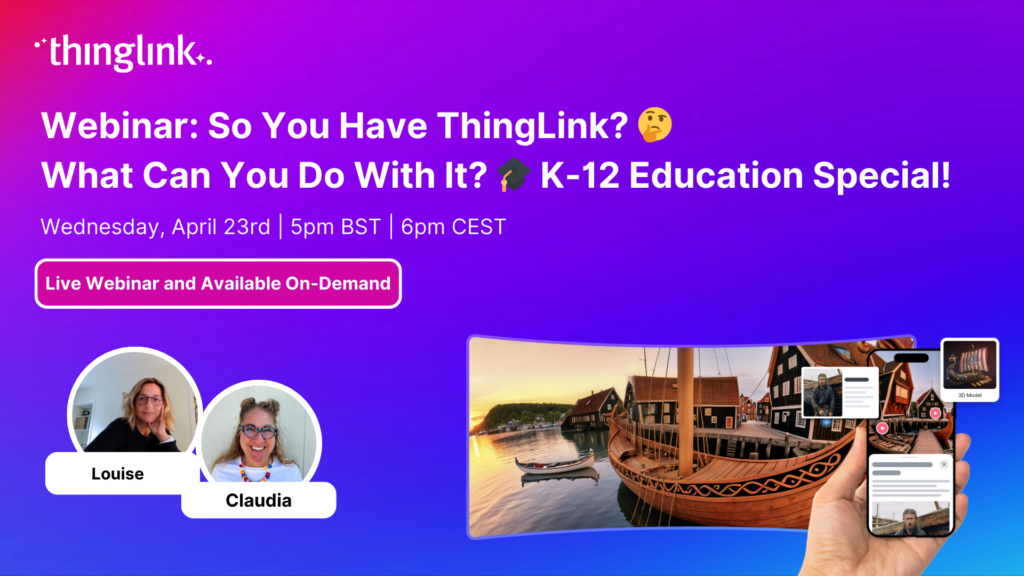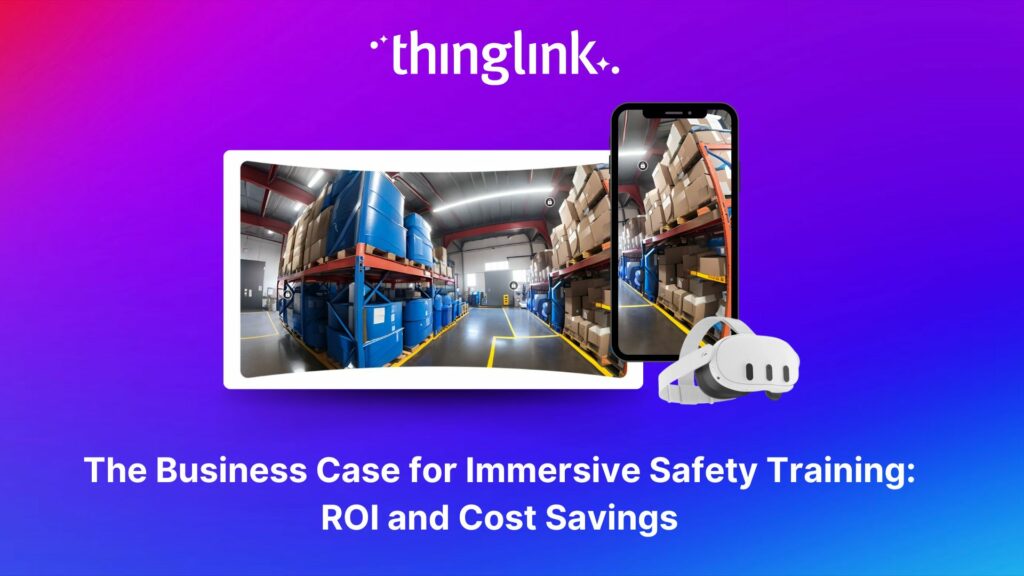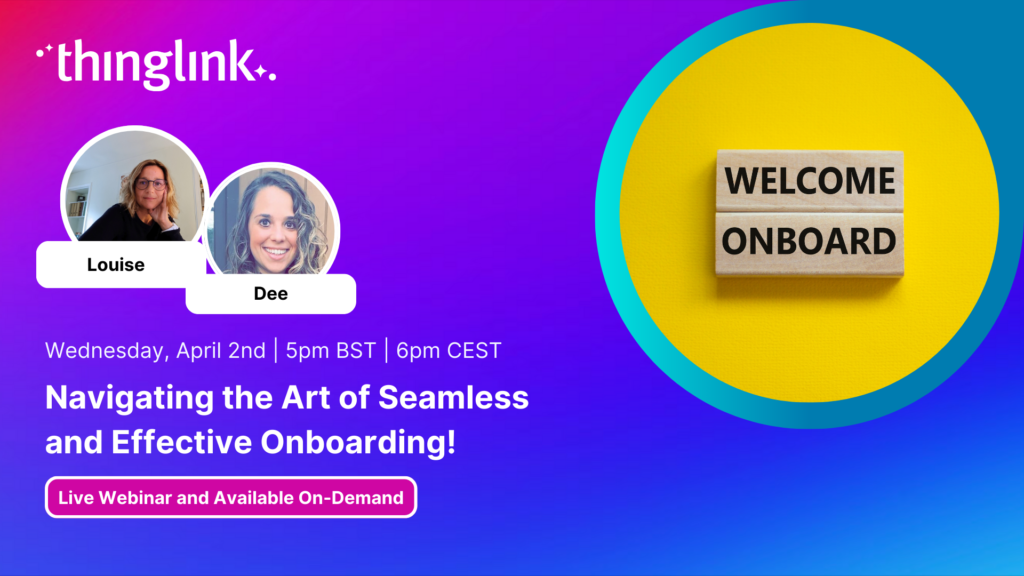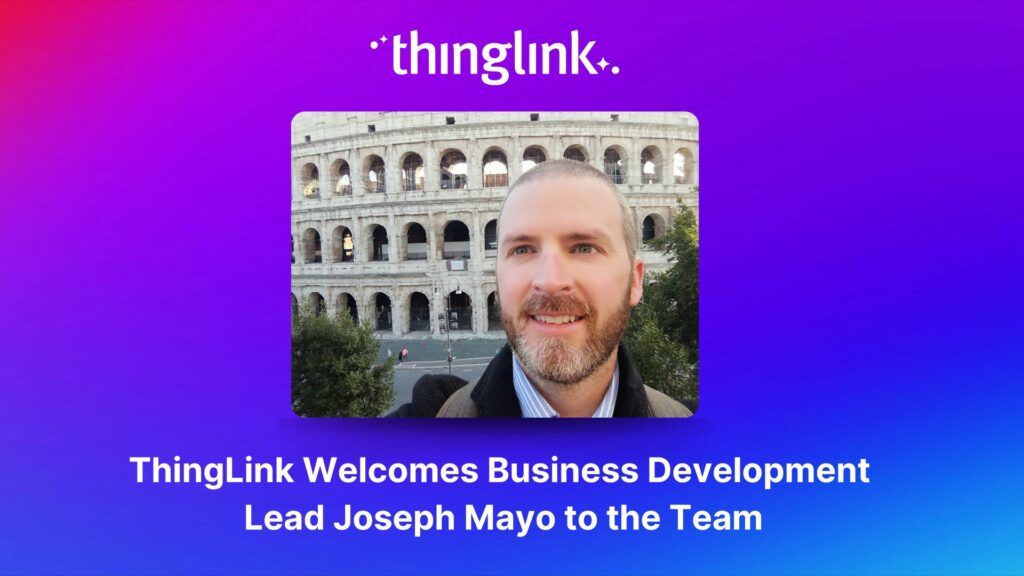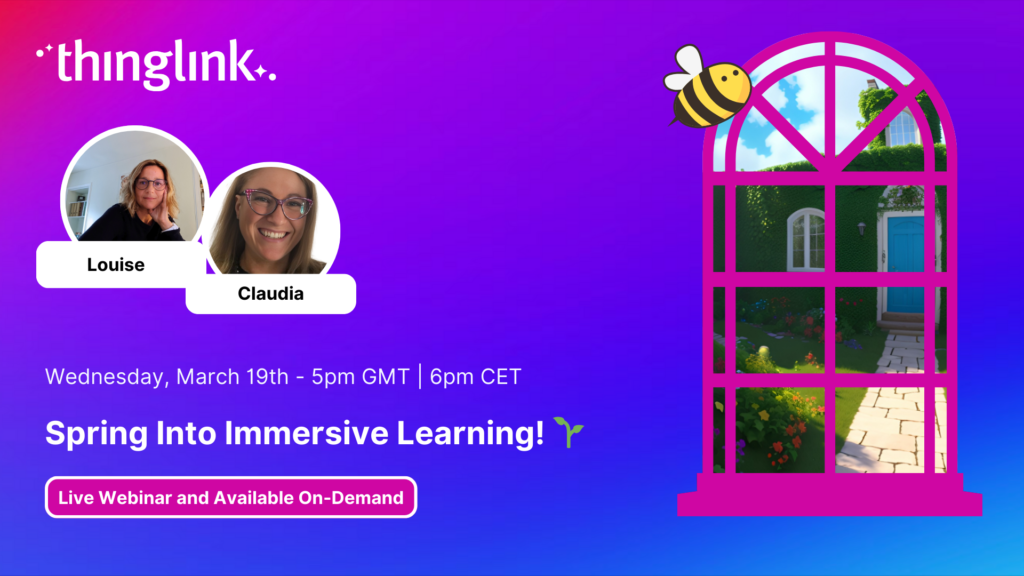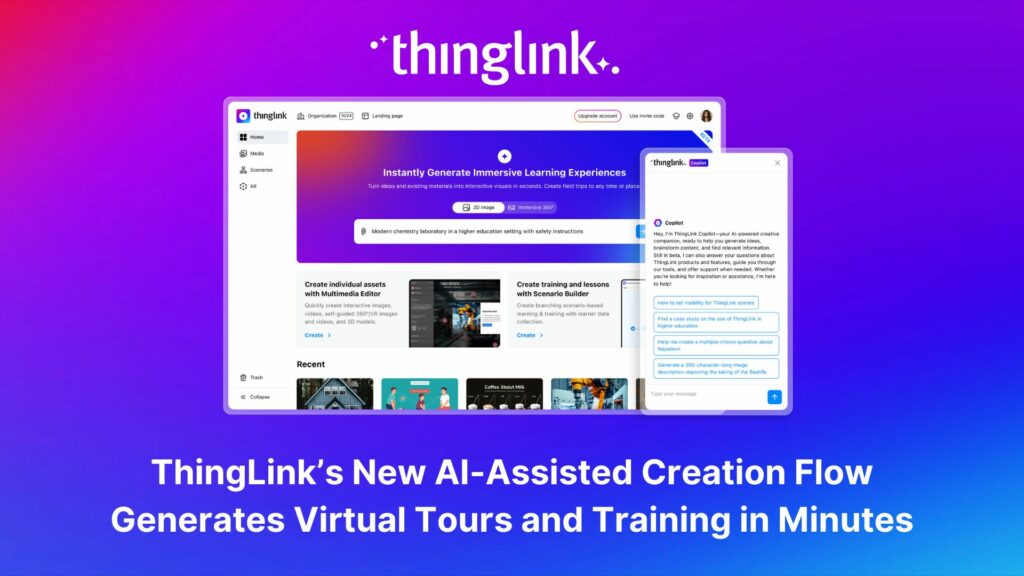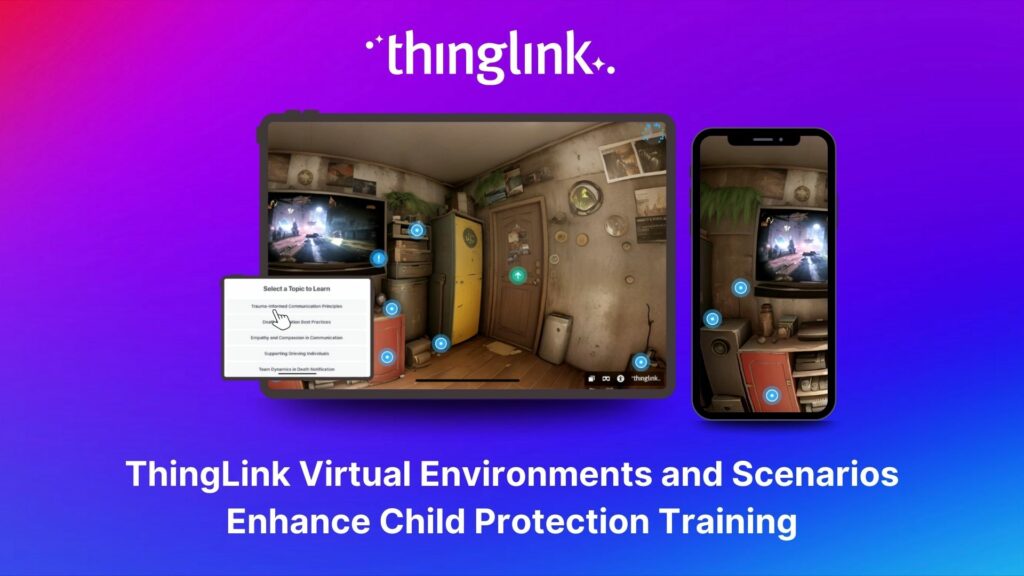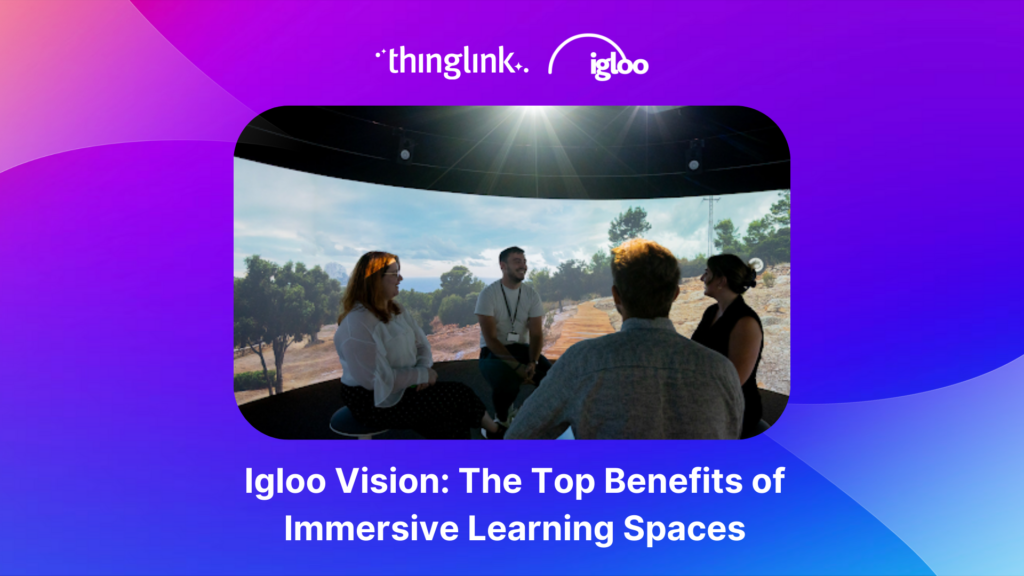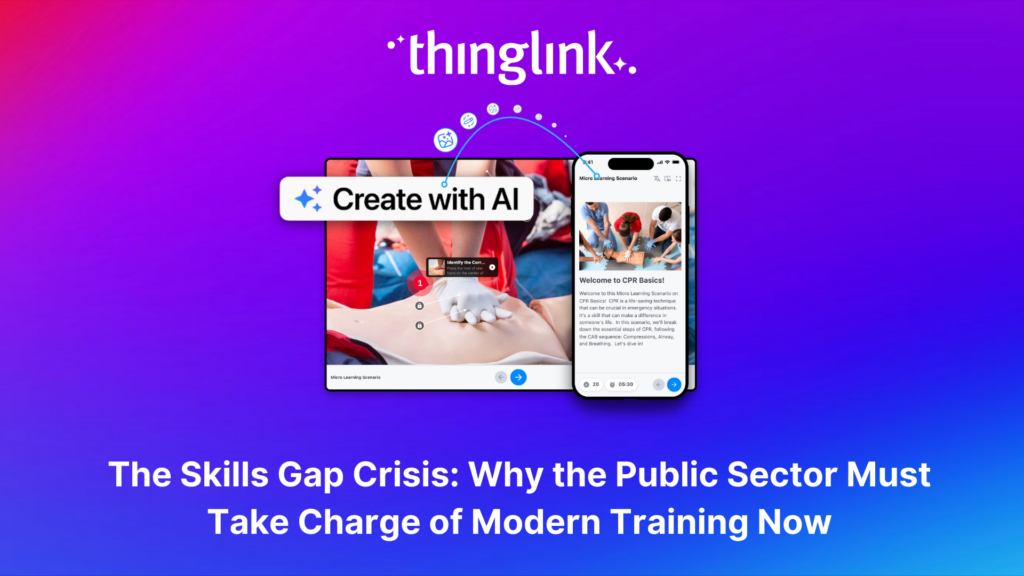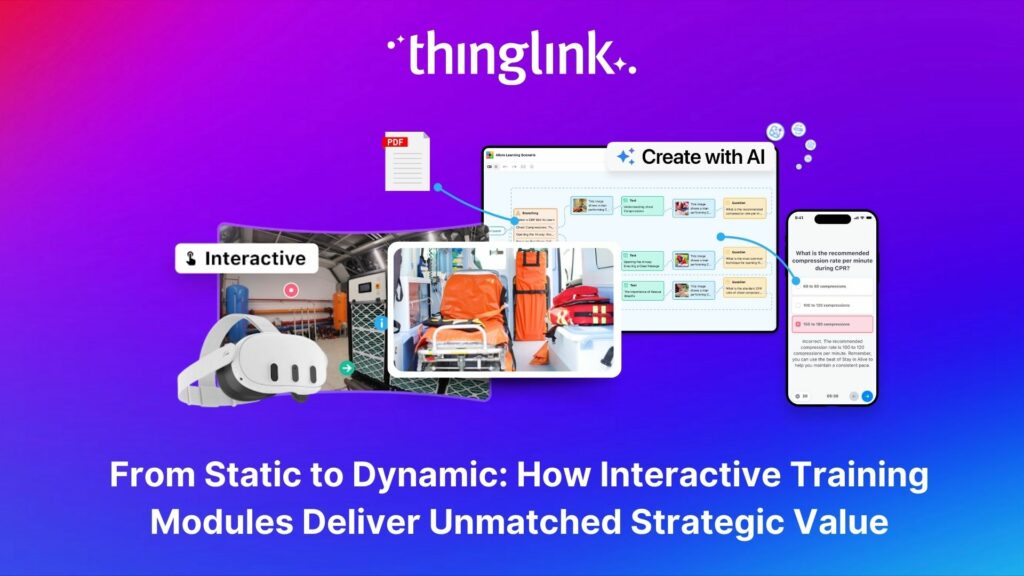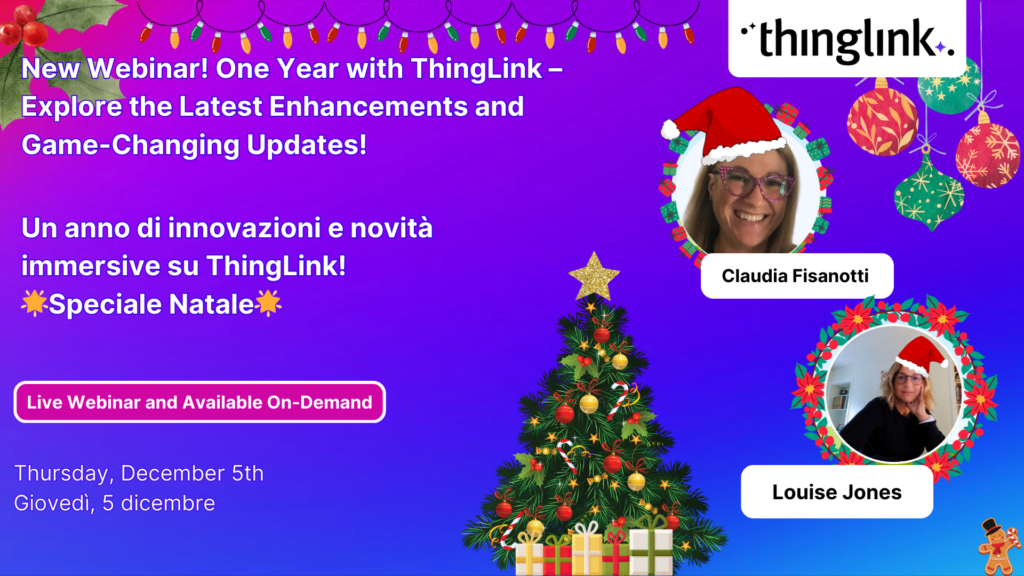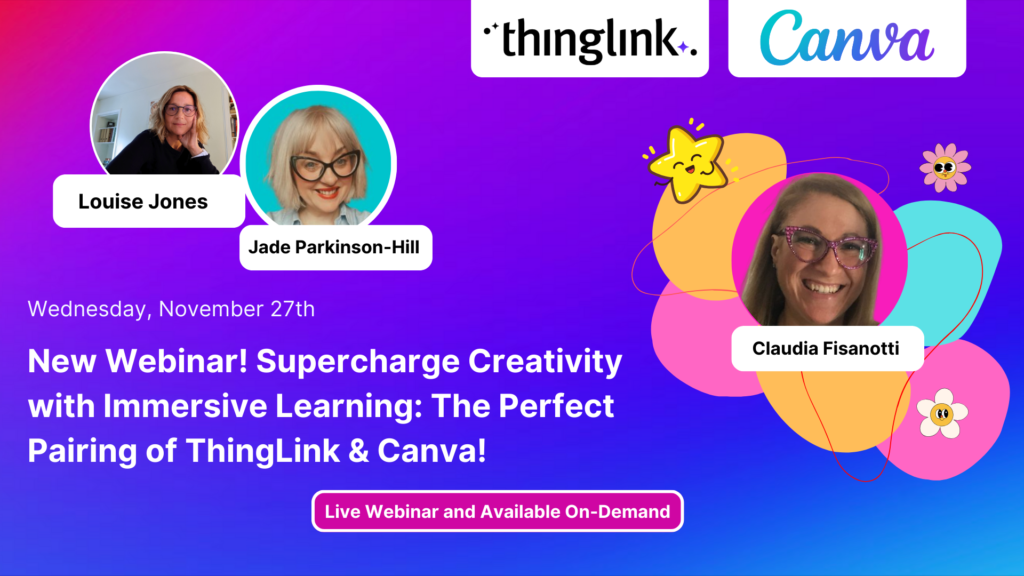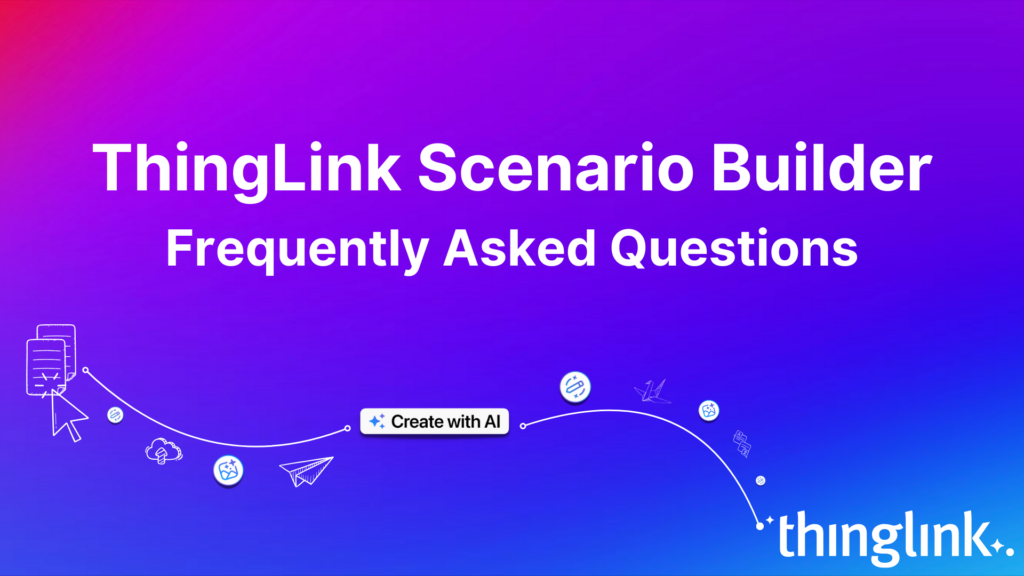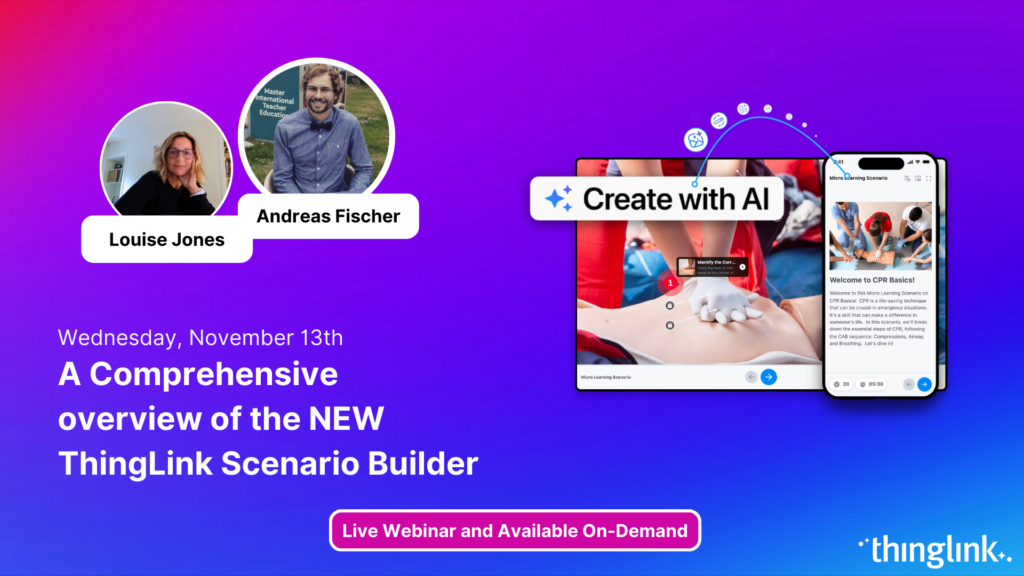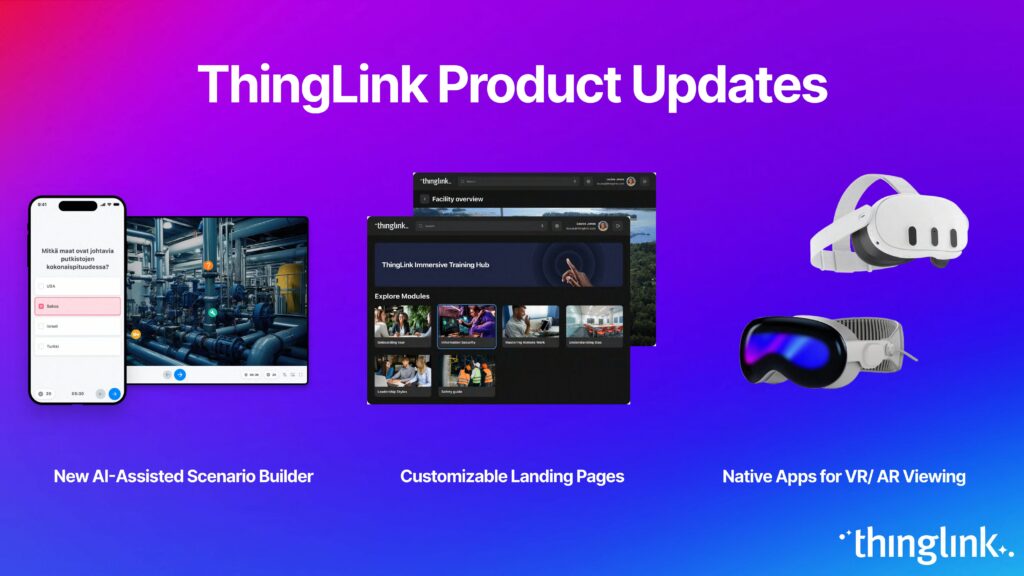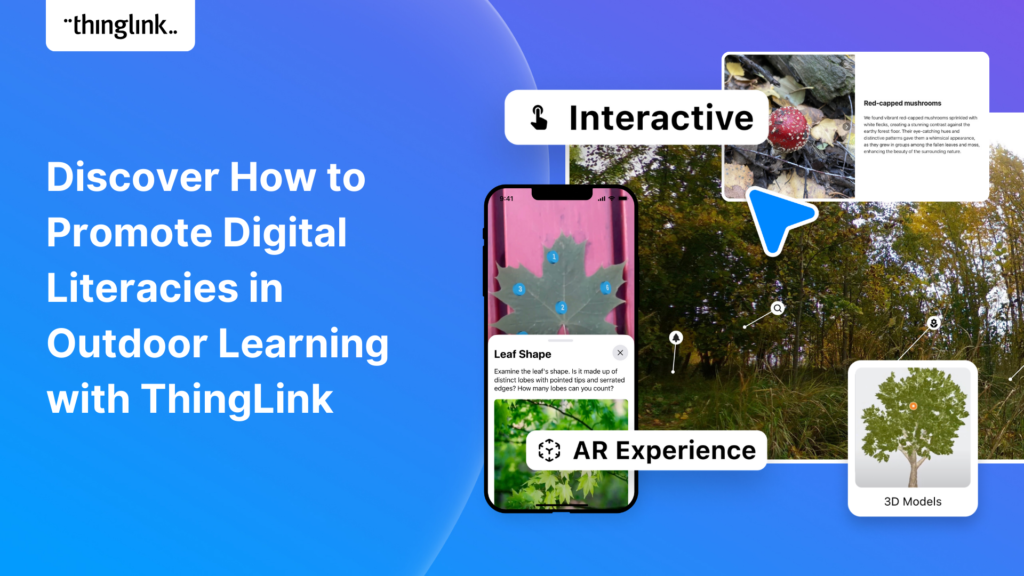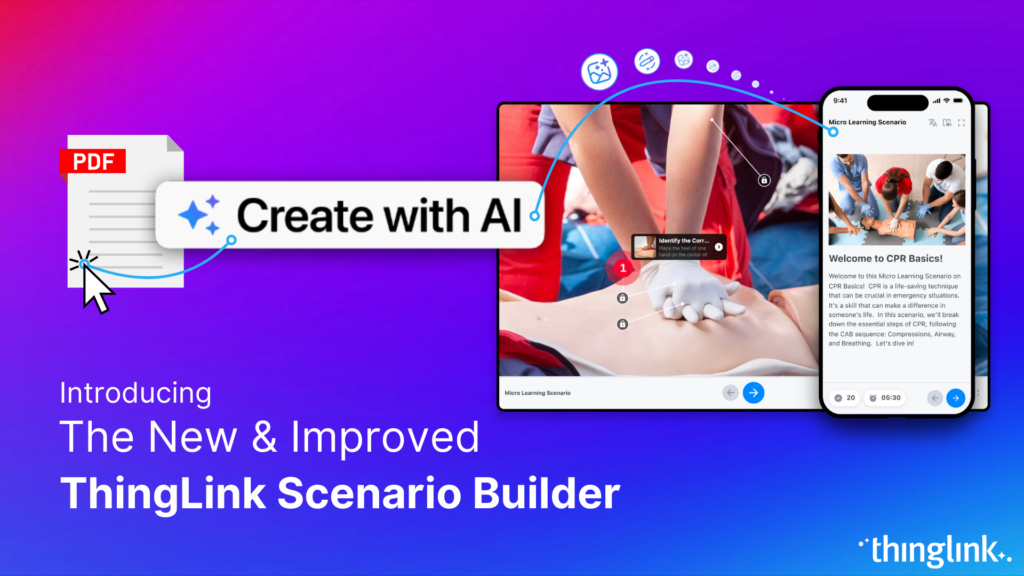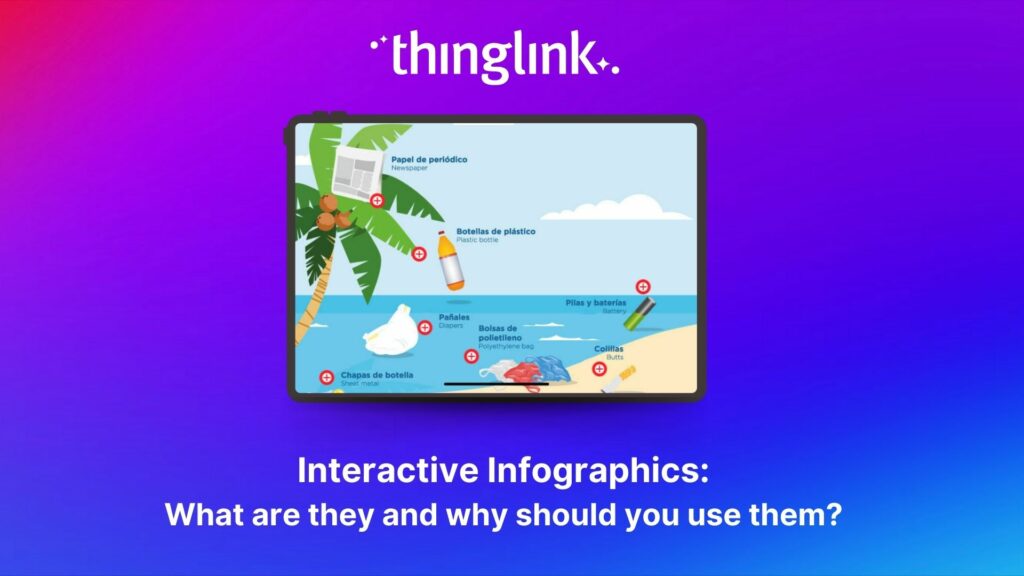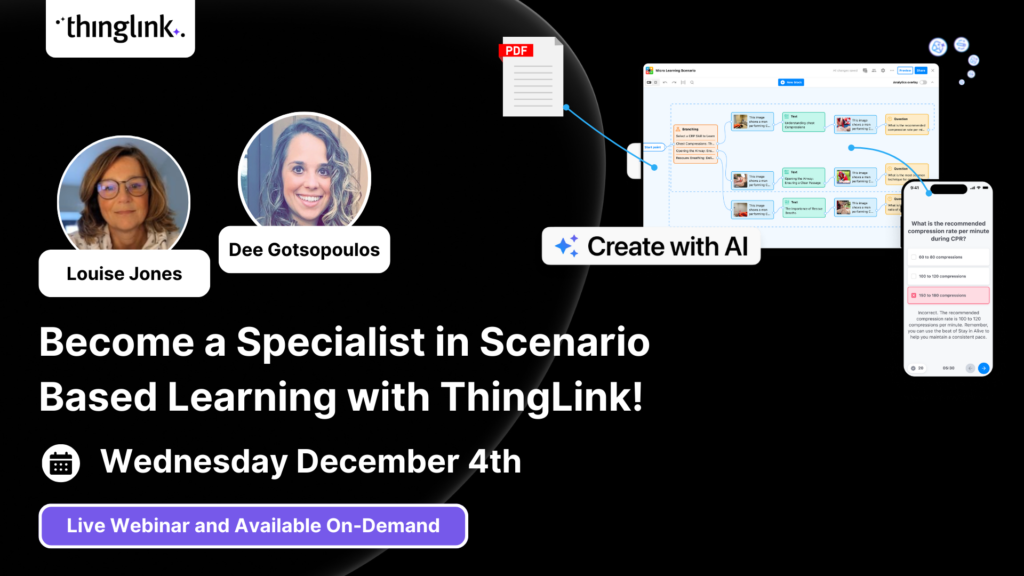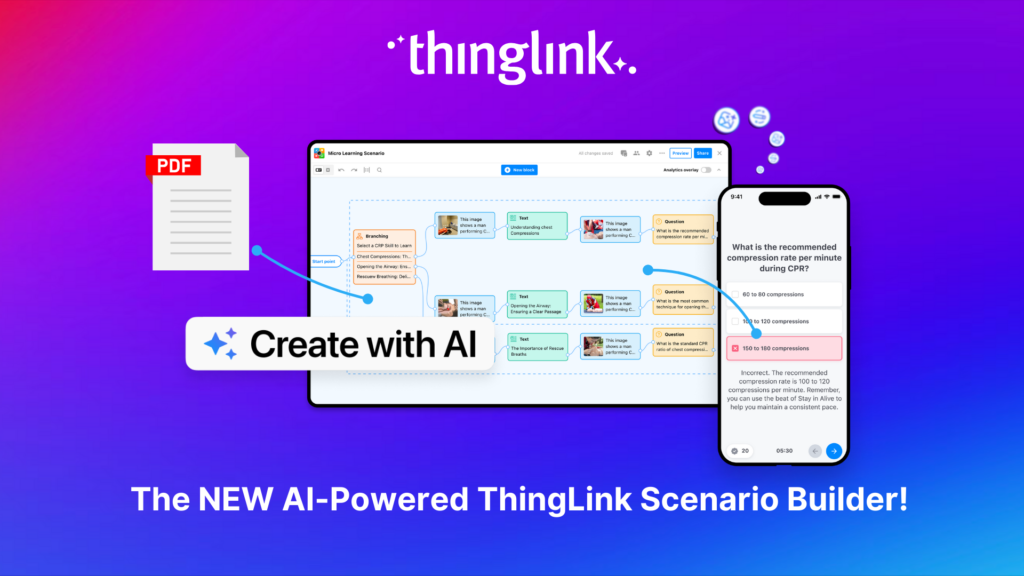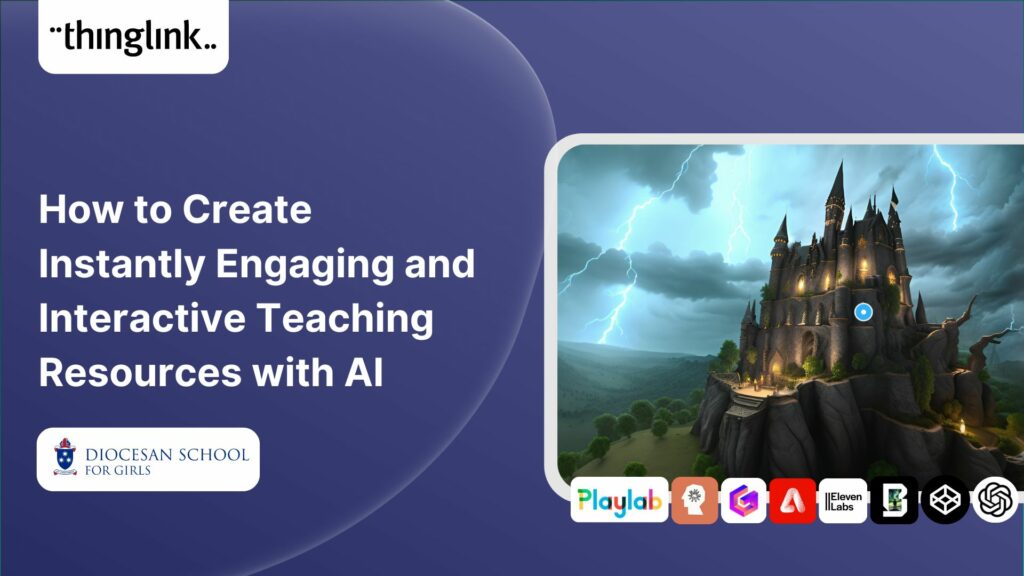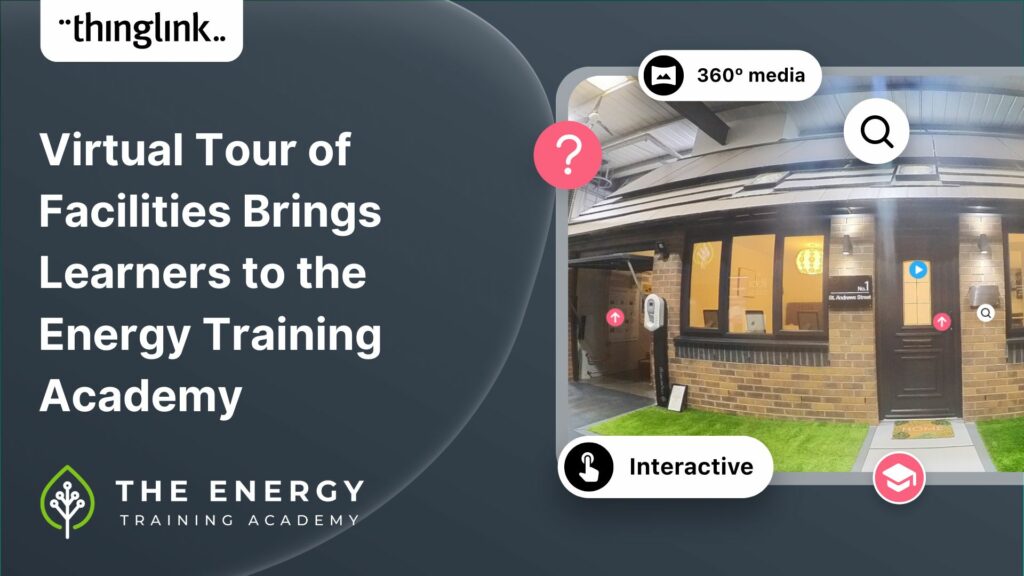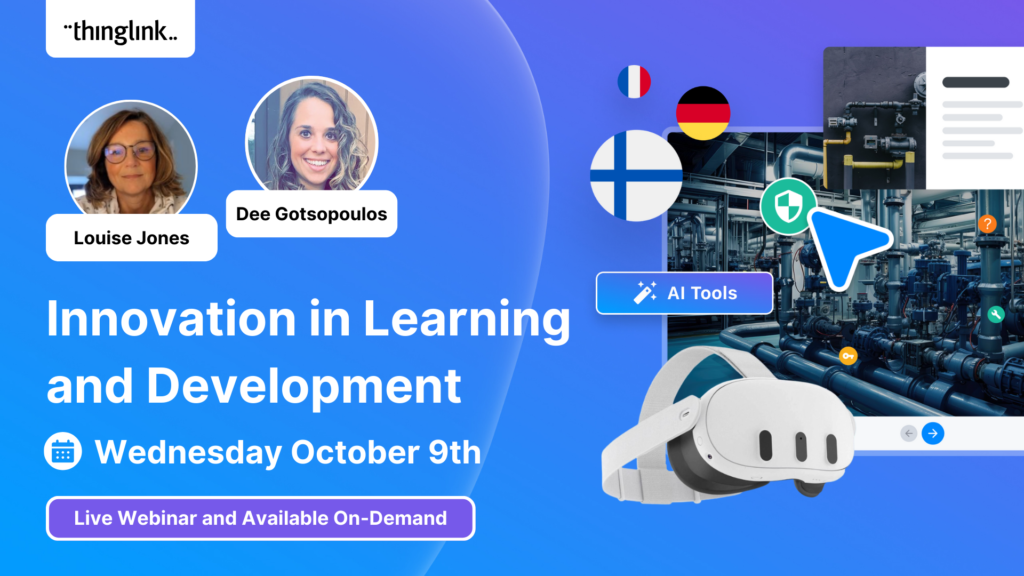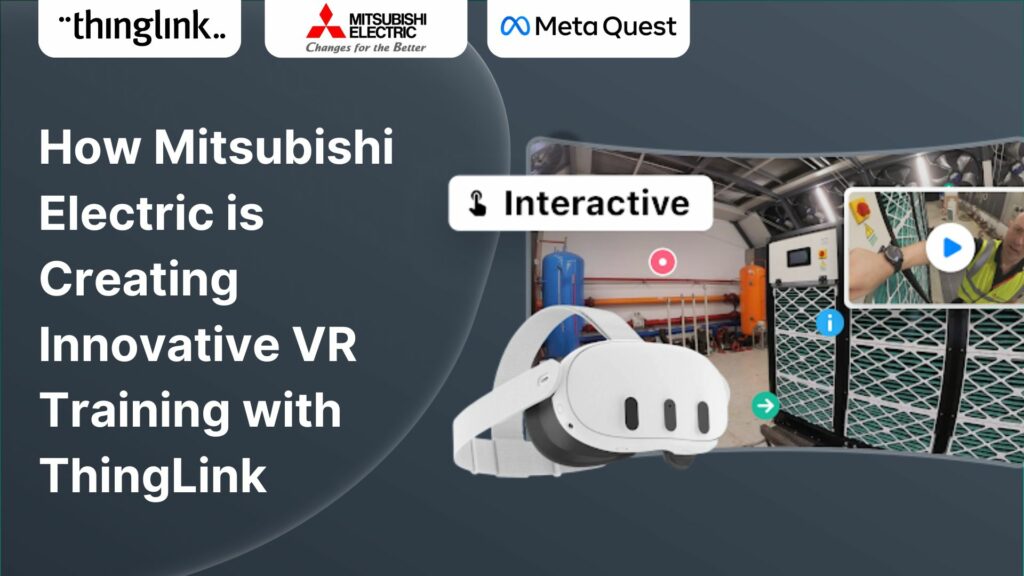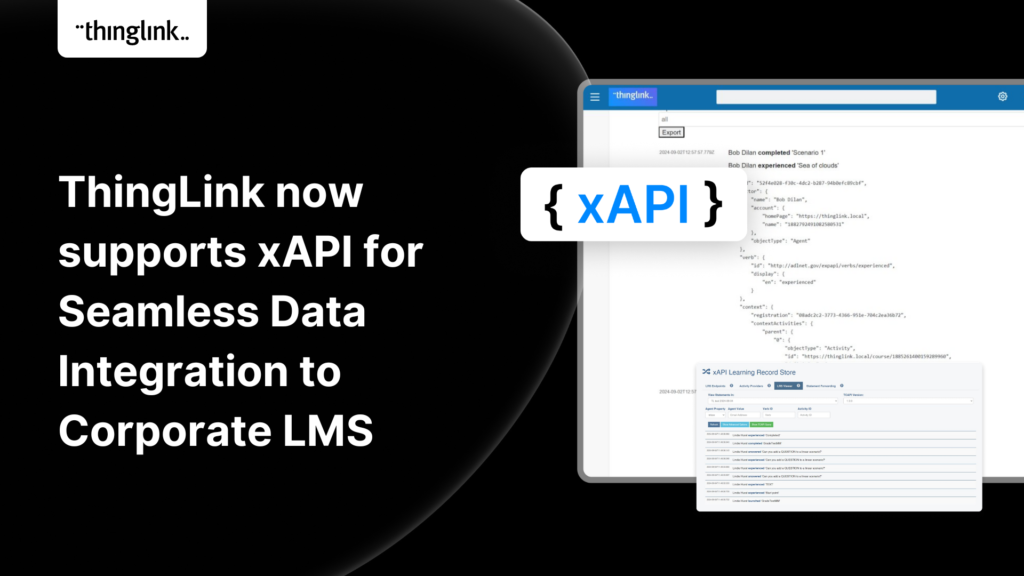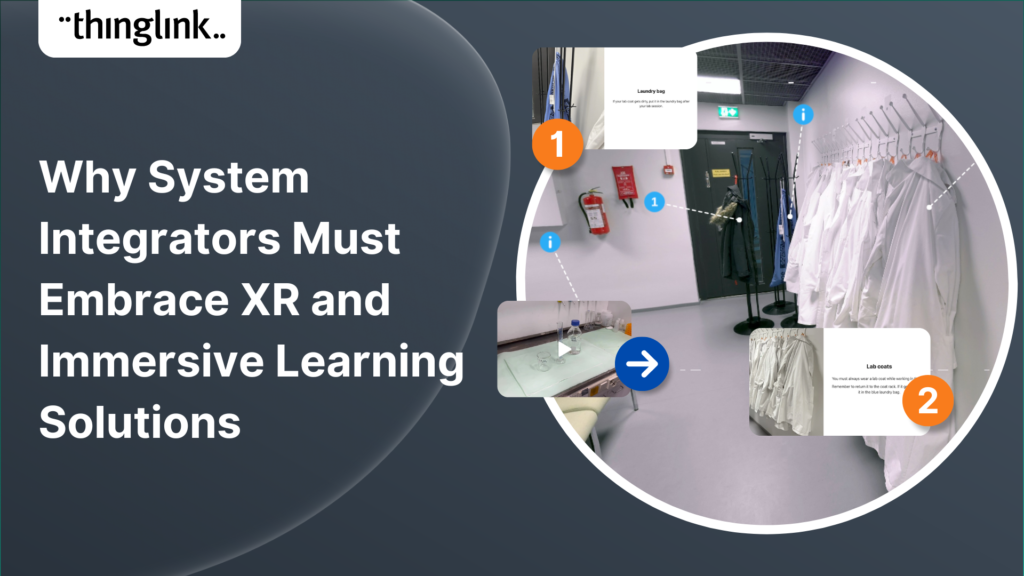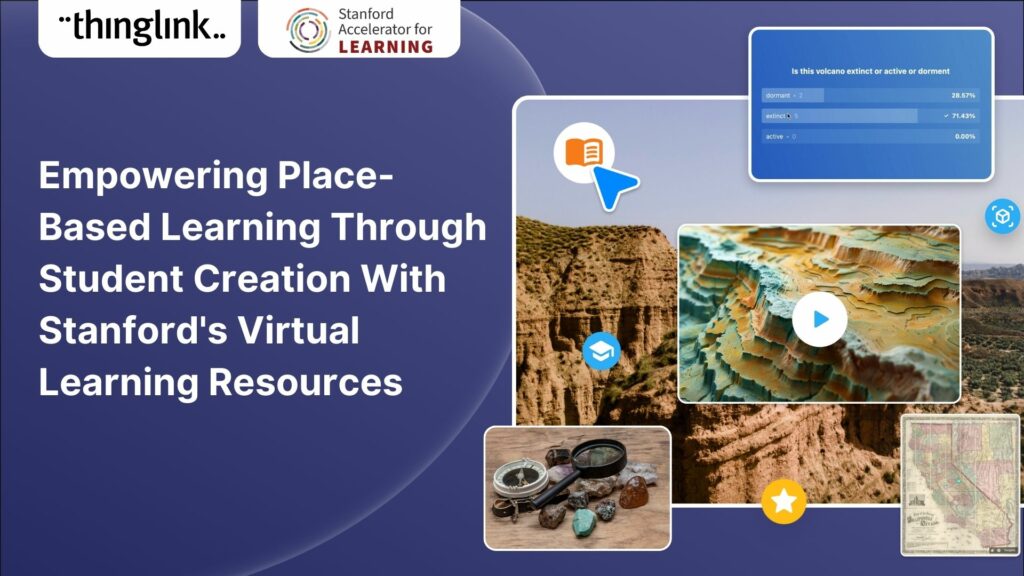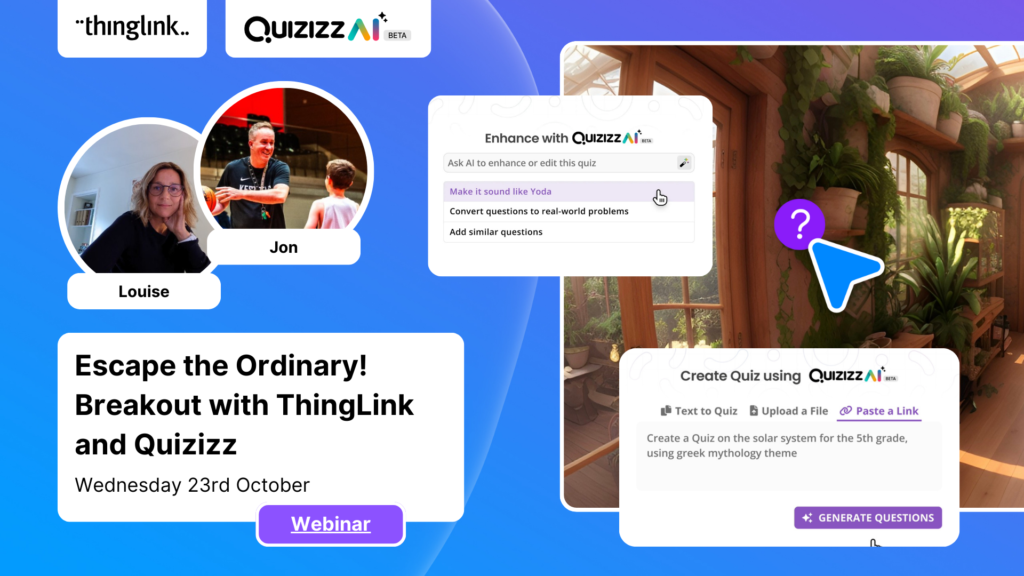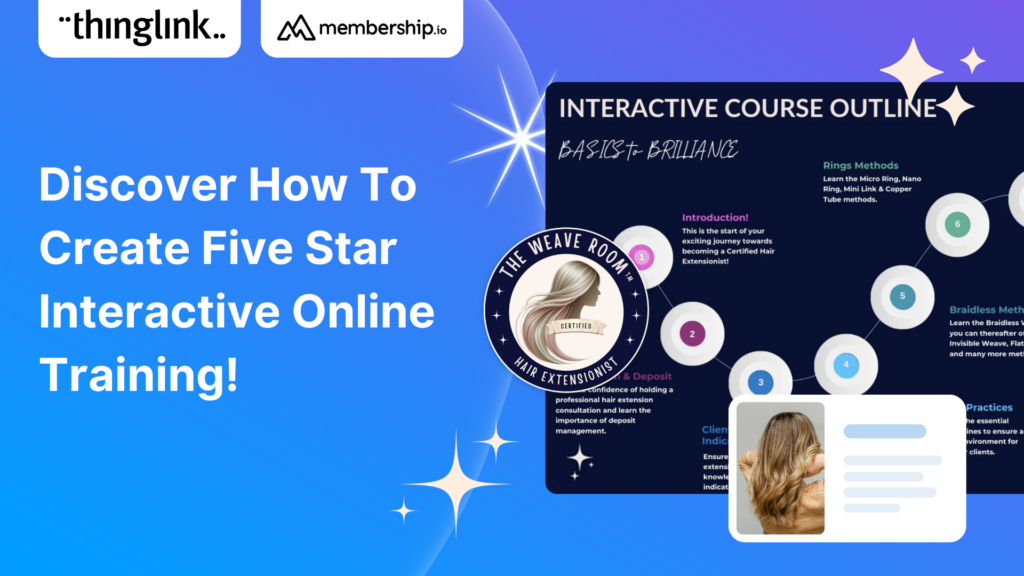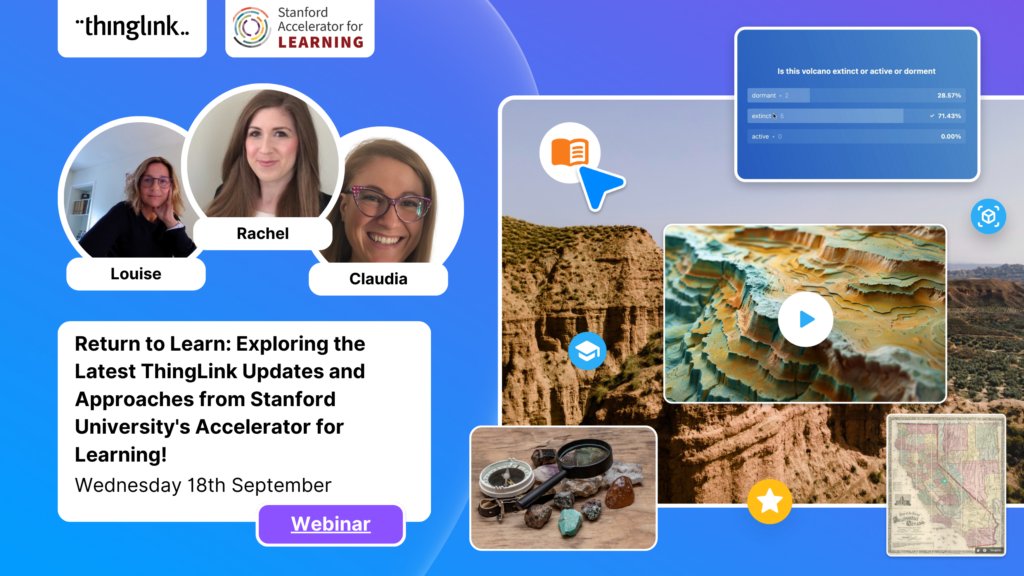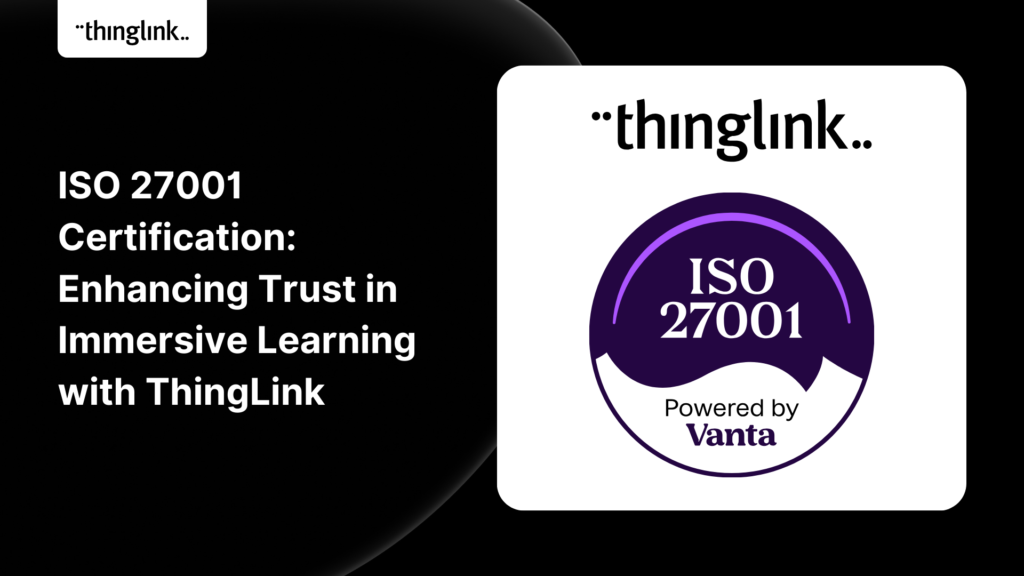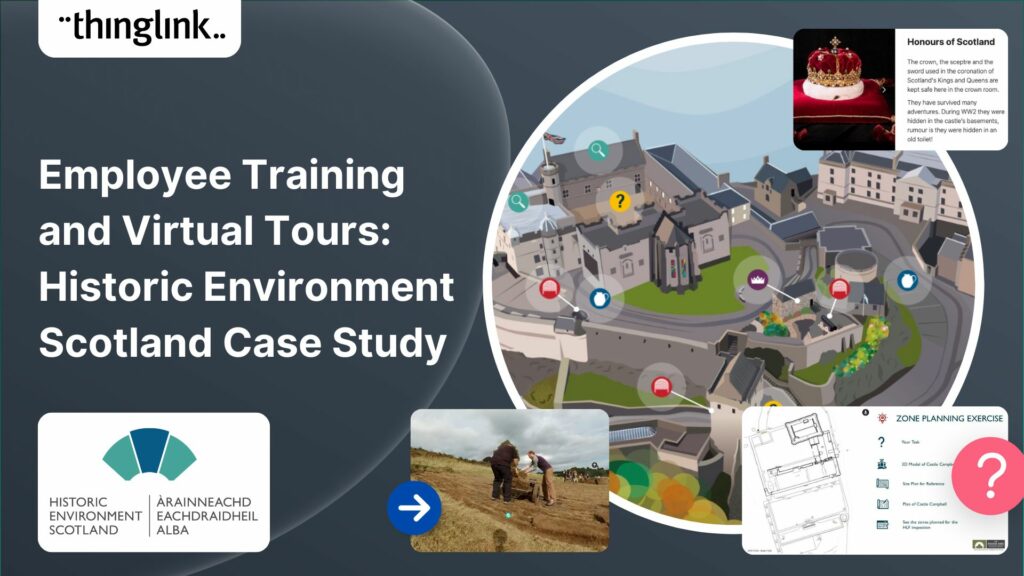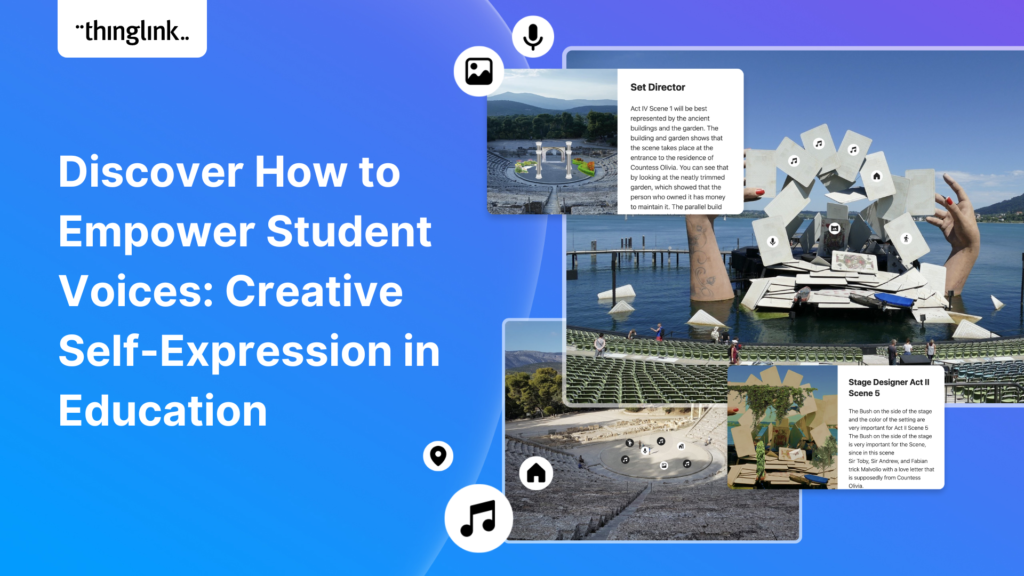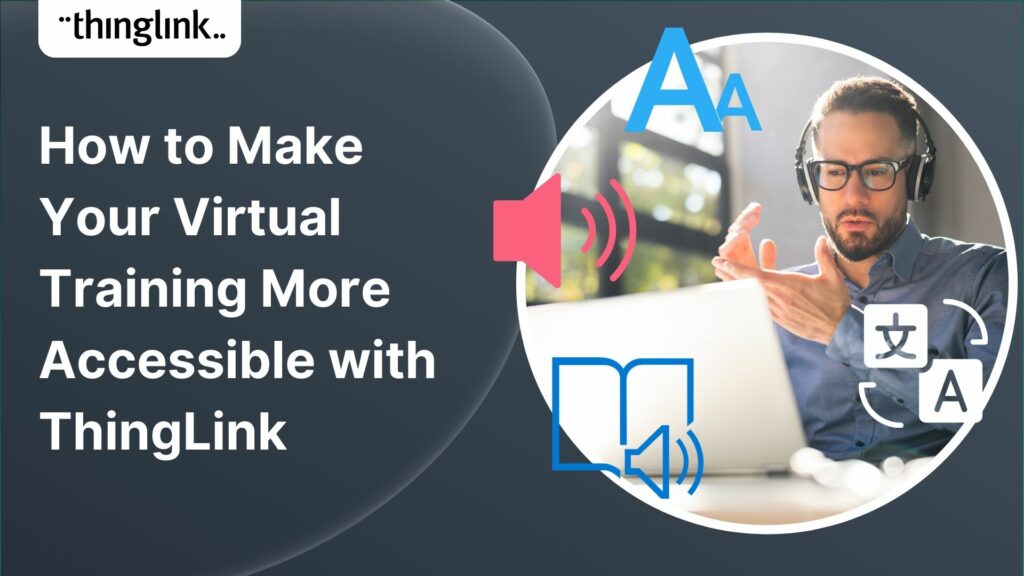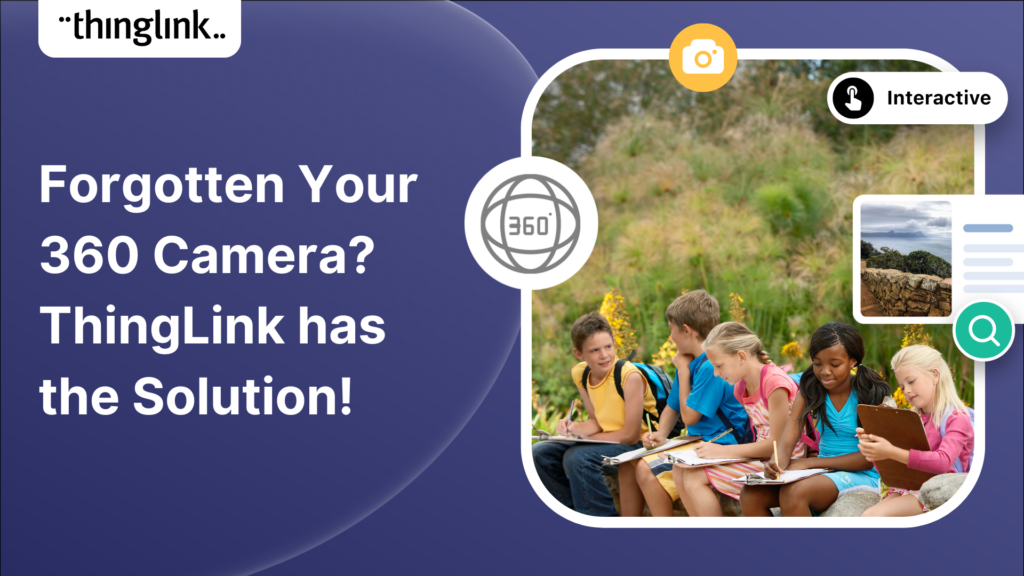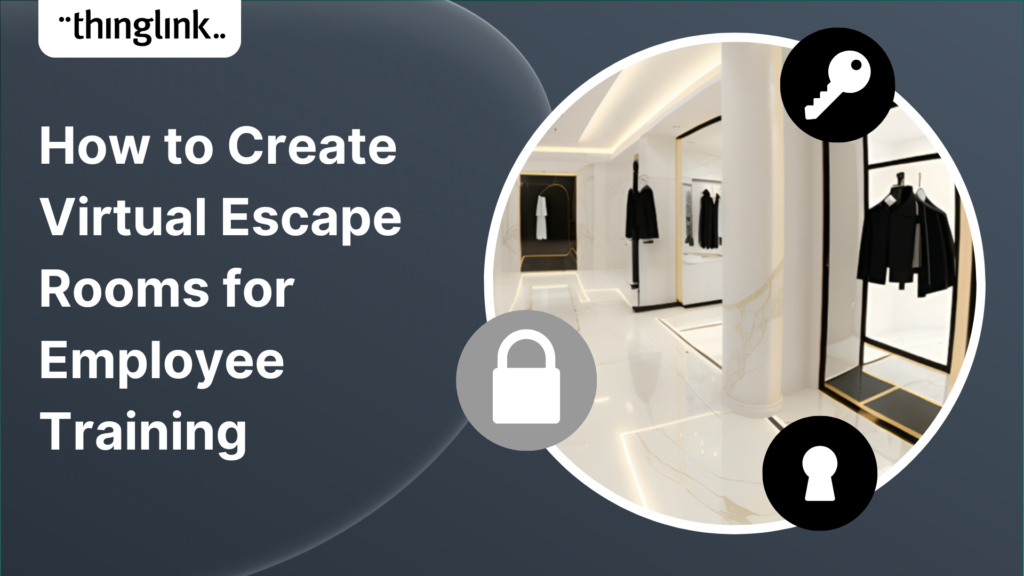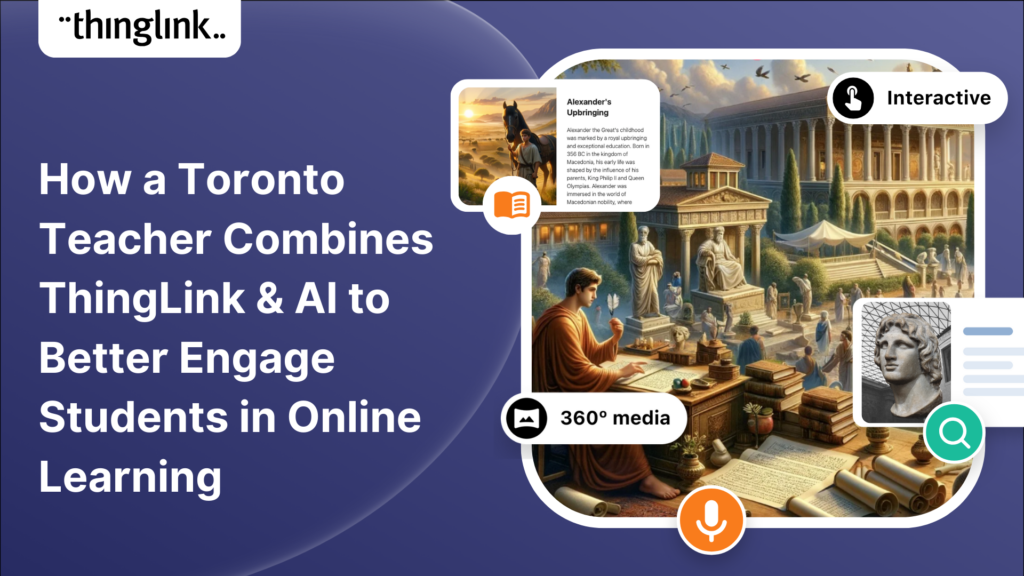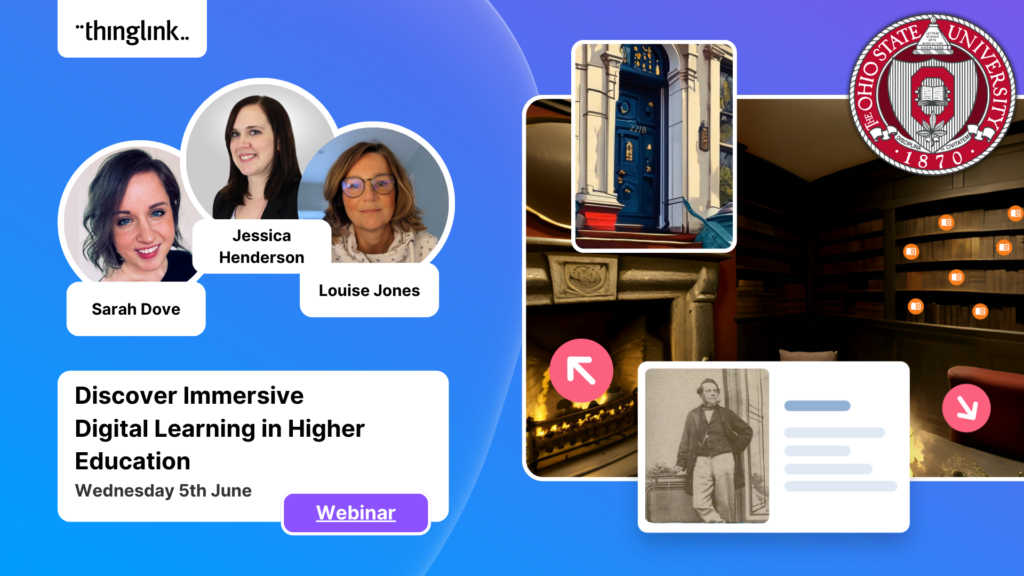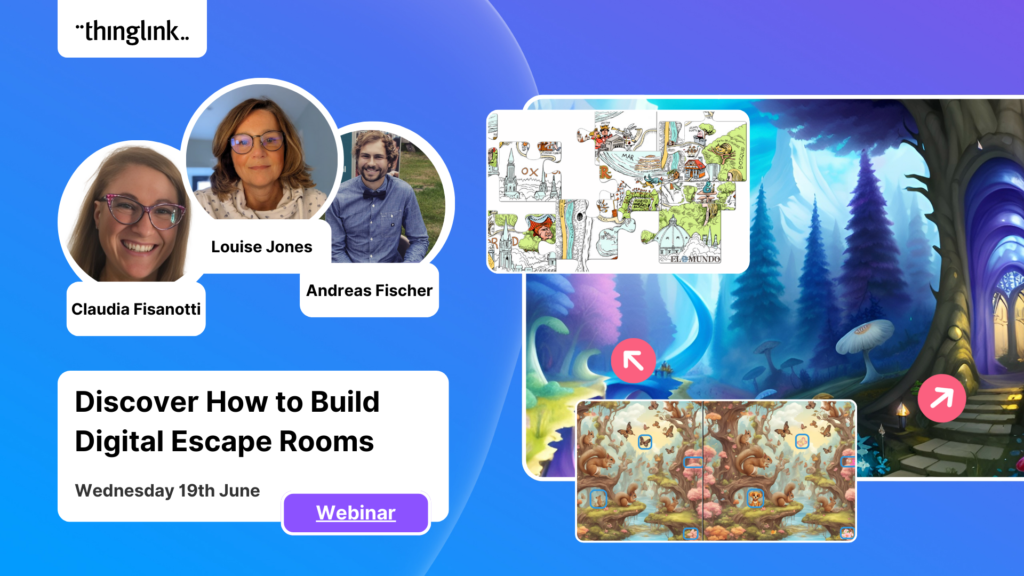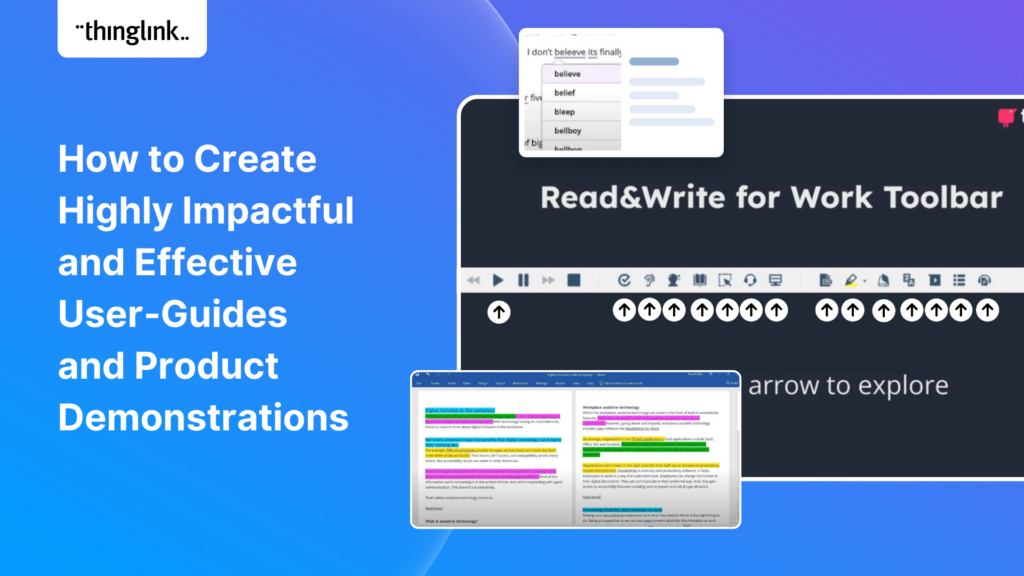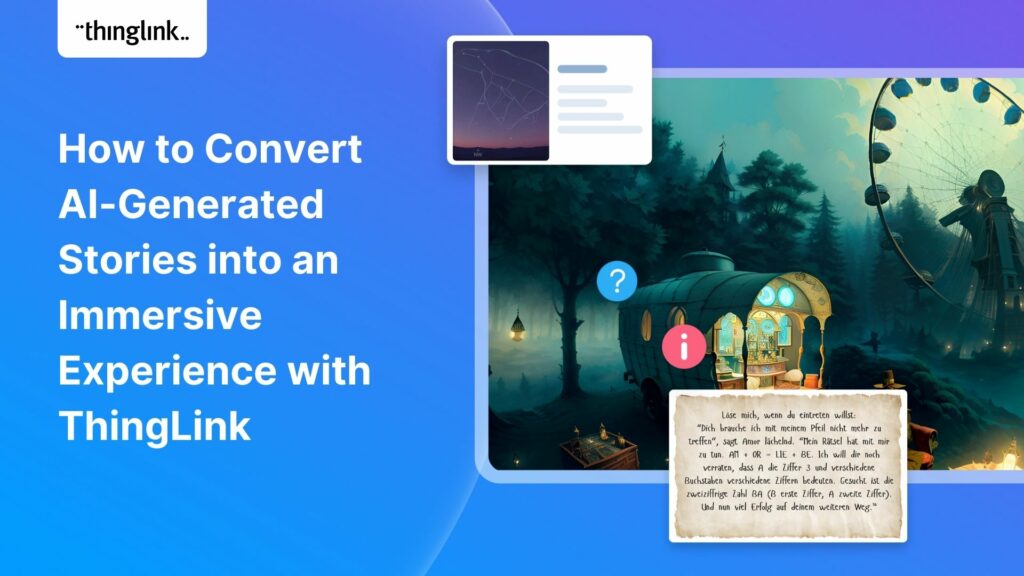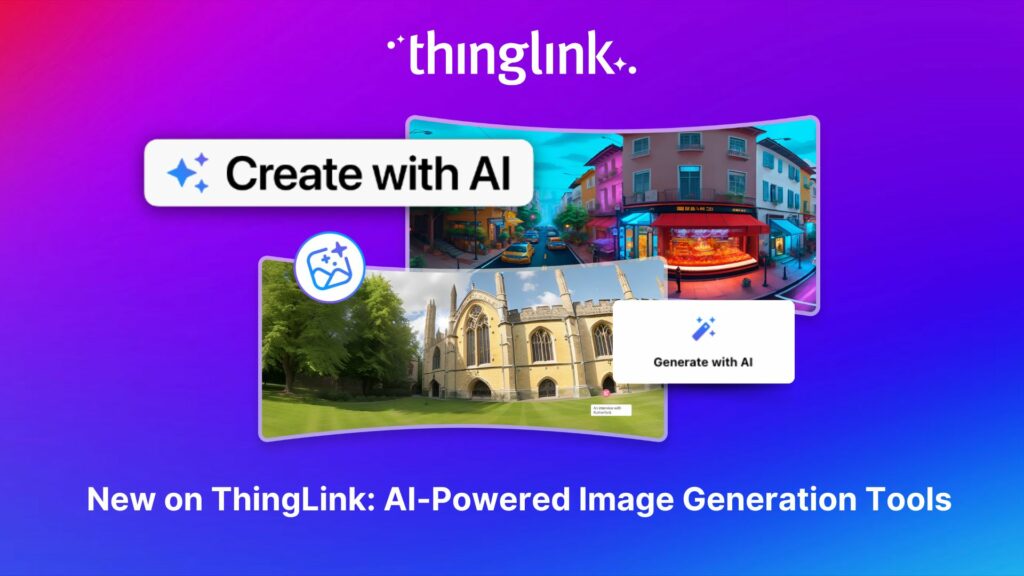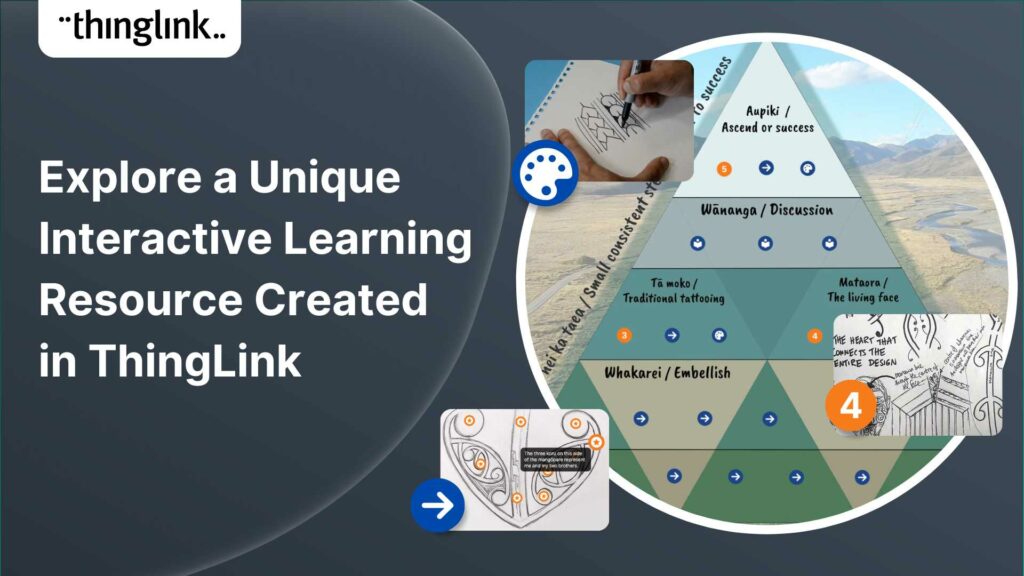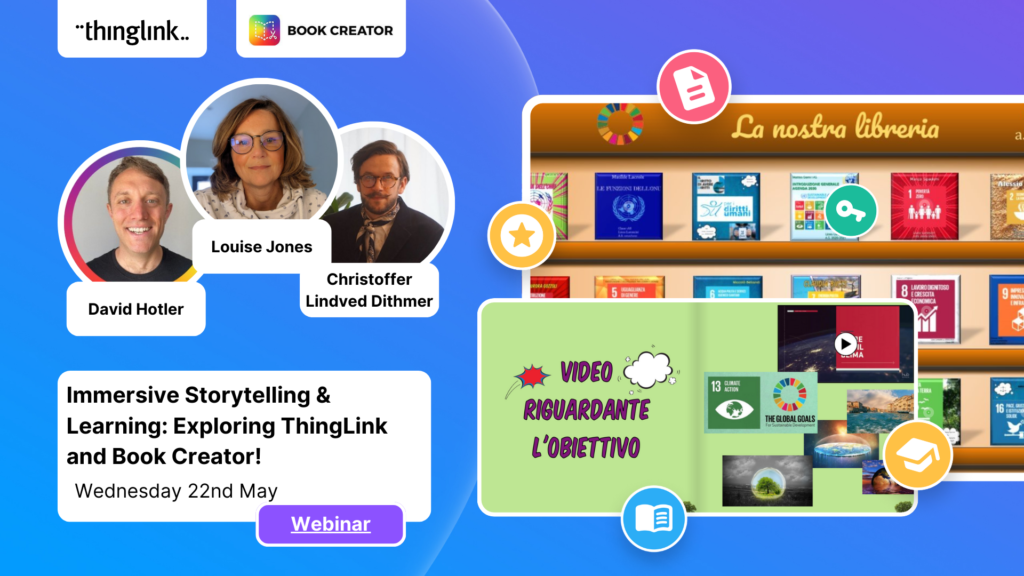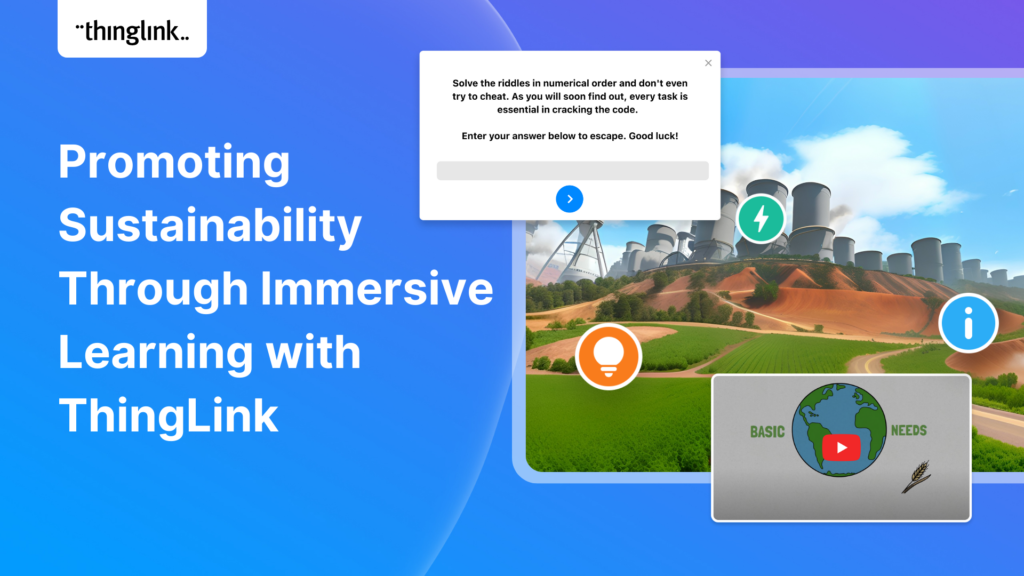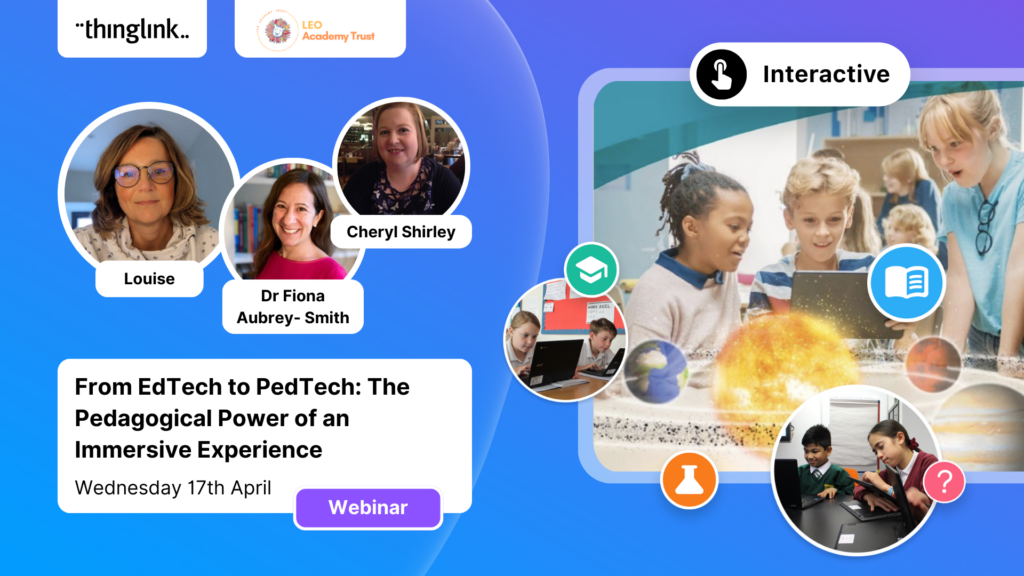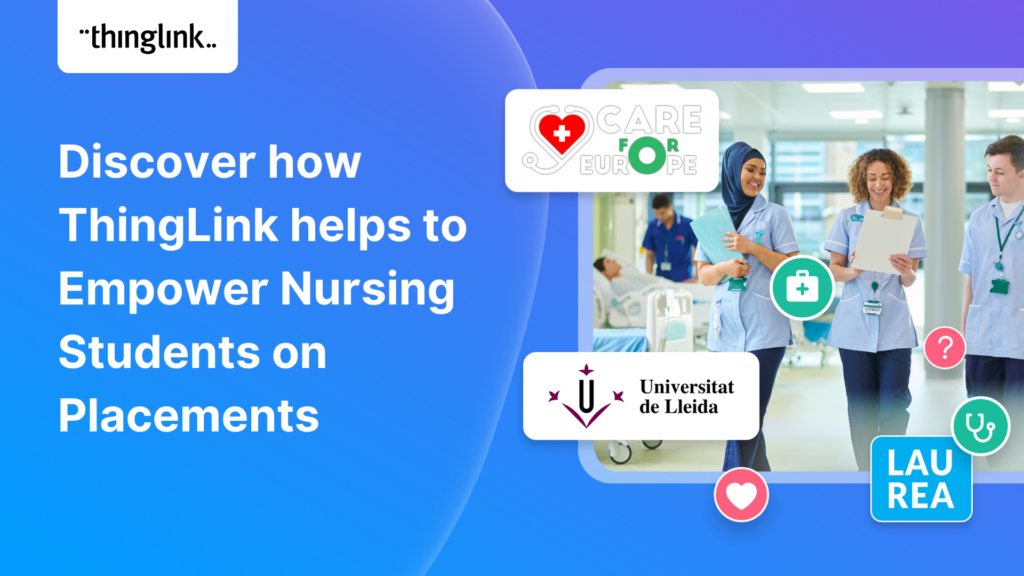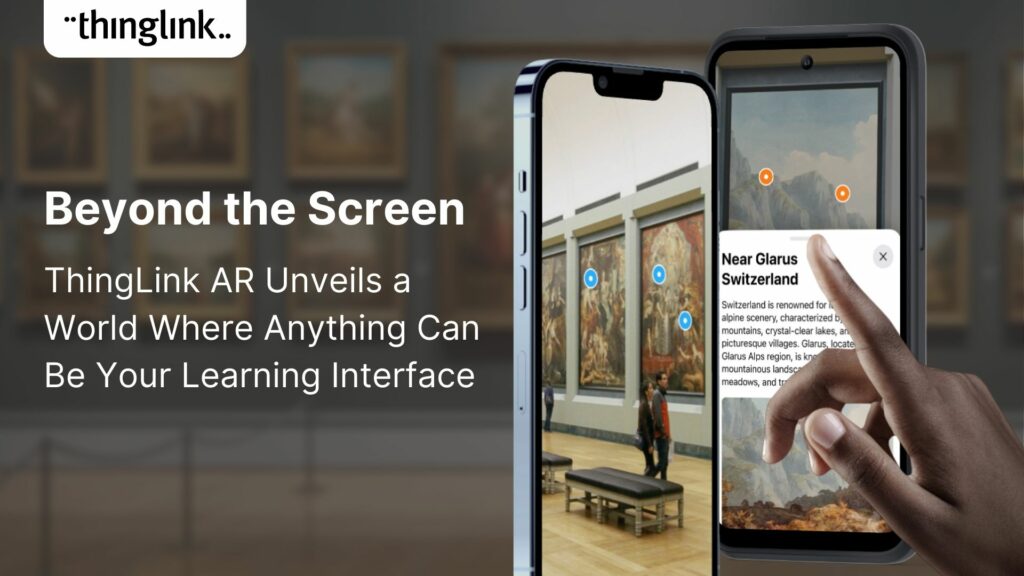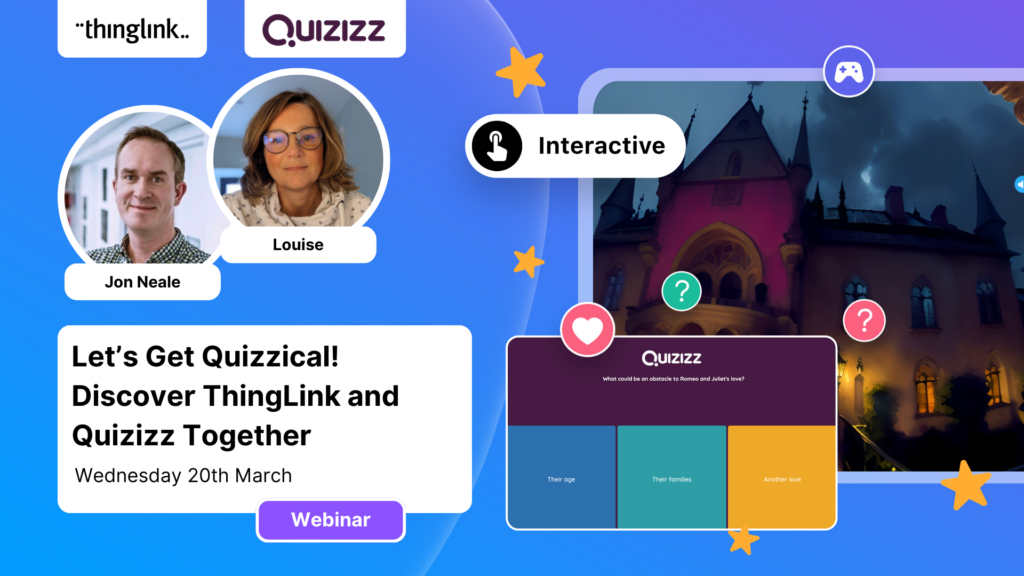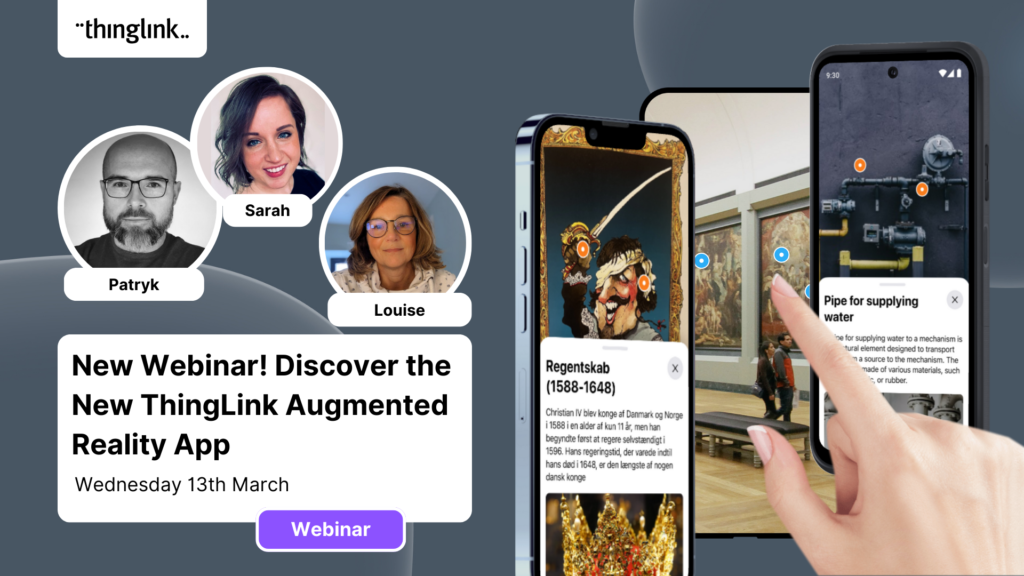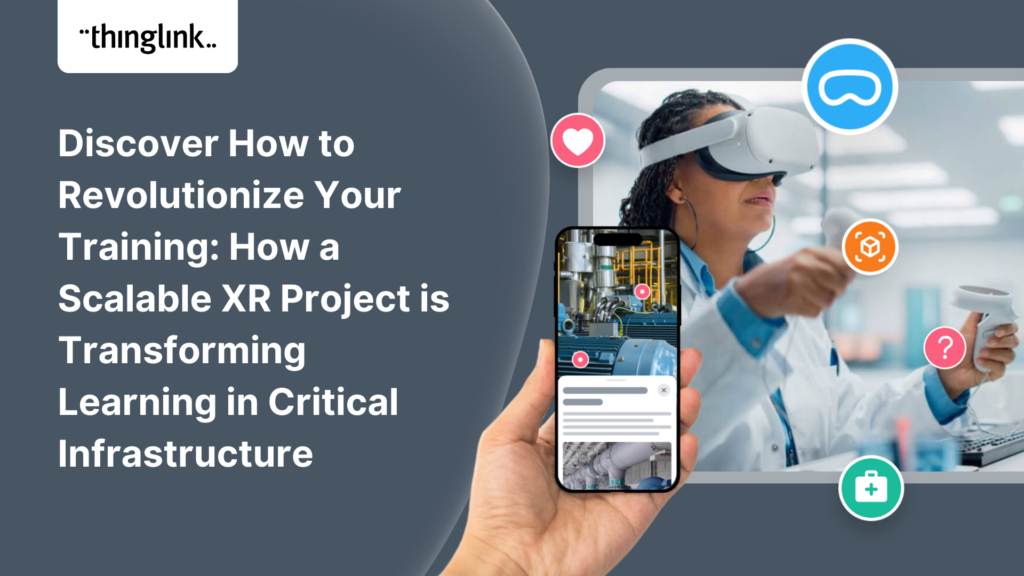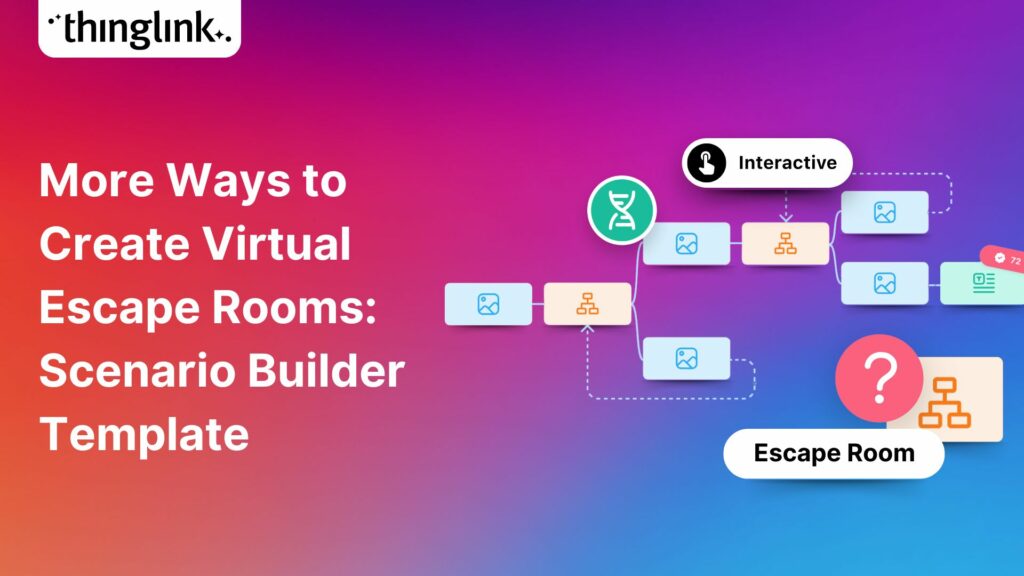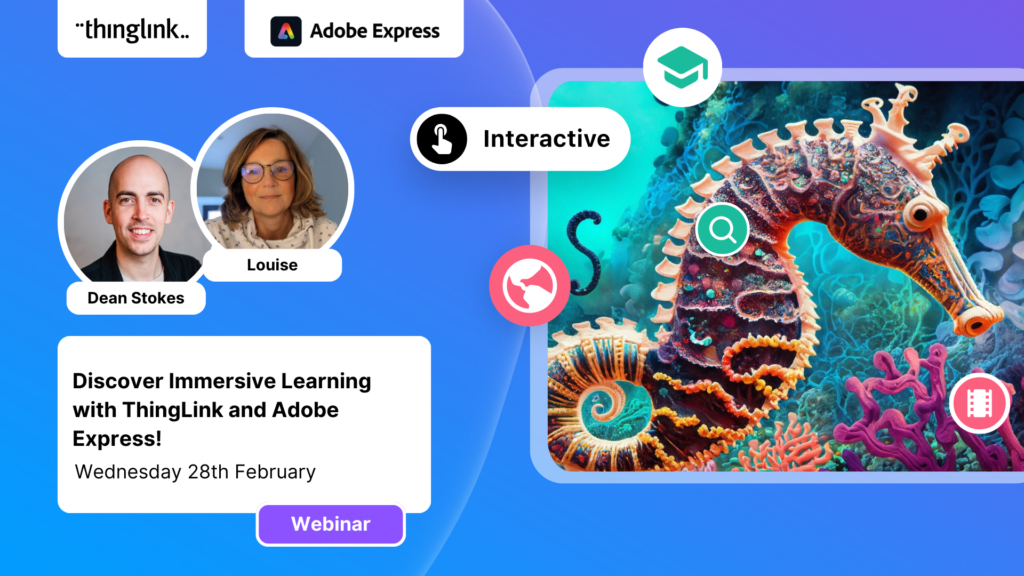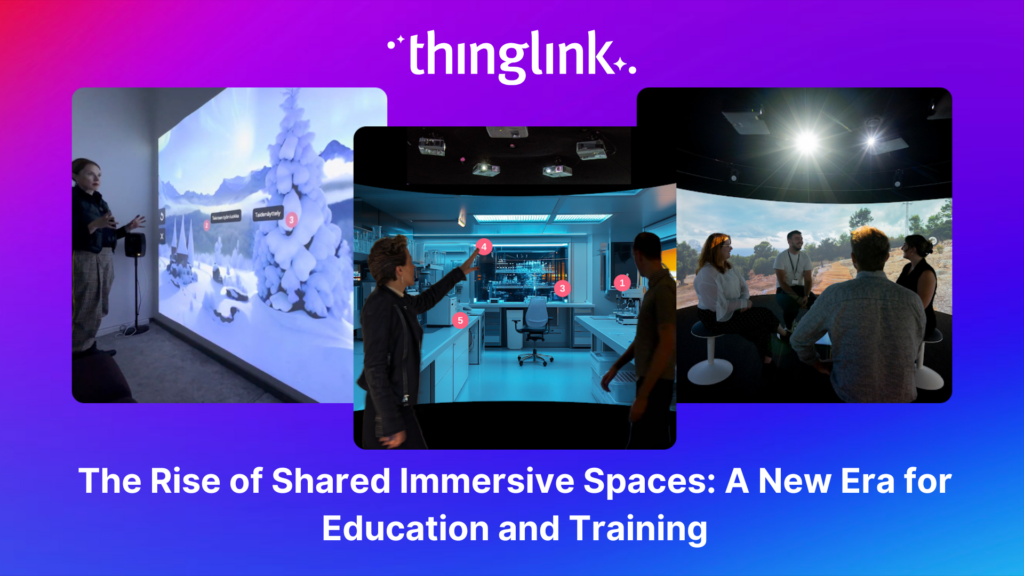
The Rise of Shared Immersive Spaces: A New Era for Education and Training
The increasing interest and adoption of shared immersive spaces in recent years reflects a shift in the way we see the future of learning, future of education, and the evolution of physical and digital learning environments. Shared immersive learning spaces are transforming the way we learn from and interact with digital content, offering interactive experiences that foster deeper understanding, critical thinking, and skill development. This shift transcends updating just the portable tools, mobile devices and apps, signaling a reimagining of our physical learning environments as virtual reality (VR), augmented reality (AR), extended reality (XR), mixed reality (MR), and interactive classroom technologies and functionalities advance.
What is a shared immersive learning space?
The concept of a “shared immersive learning space” can refer to either a digital or a physical learning environment. As a physical space, it can be a dedicated space or a room that integrates interactive projectors or touchscreen solutions with an interactive learning platform software solution like ThingLink that makes it possible to explore or move in the virtual environment space together with other participants.
There are two key elements that make a space immersive. First, an immersive learning experience is typically a multi-sensory experience, meaning we perceive the environment by seeing, hearing, and touching, the same way as we perceive our natural environment in the real world.
This kind of simultaneous intake of information through the different senses is faster than for example reading, and so it accelerates our cognitive capability to make sense of what we see, enhancing learning outcomes and engagement.
The second key element of a shared immersive learning space is the ability to experience learning within context. Learning in an immersive environment helps us retain knowledge as a memorable, embodied experience – which is more effective compared to passive formats such as watching a slideshow. This deeper connection to the content improves student engagement, making learning more interactive and impactful.
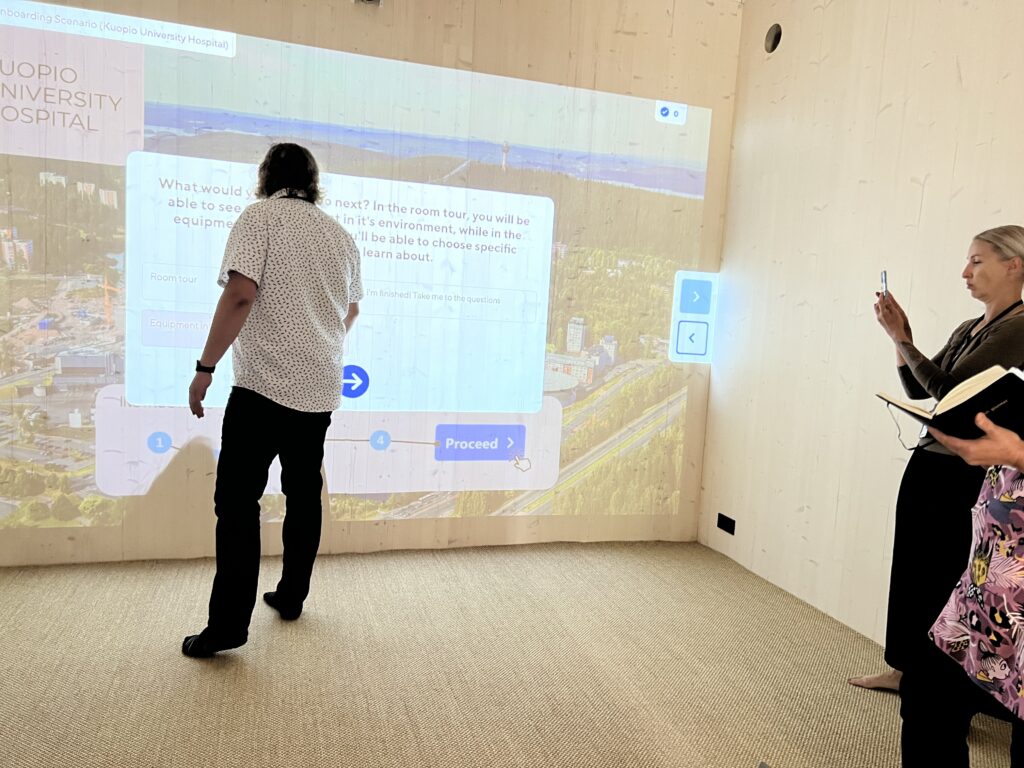
Shared VR: Teleporting Together
Shared immersive spaces introduce the possibility of physically using an existing room for “teleporting” to a third (real or imaginary) virtual space with others. Beyond pedagogy, immersive rooms offer innovative ways to boost collaboration, creativity, and problem-solving through shared experiences in physical spaces such as meeting rooms, showrooms, and classrooms. Businesses are leveraging immersive rooms to onboard employees, simulate complex operational or customer service scenarios using real-time simulations, and foster innovation. Schools (K-12 and higher education) use them for virtual field trips, exhibitions, and student onboarding, creating multi-sensory immersive learning experiences that increase student engagement and retention of information.
For the learner, a shared immersive experience such as a virtual field trip in a physical space is different from the individual experience in a VR headset, appealing to different learning styles.
From Classrooms to Immersive Learning Spaces
Unlike traditional teaching methods such as lectures, manuals, or slide presentations, shared immersive learning spaces engage learners on a sensory level, fostering a deeper understanding of the context and better retention of knowledge. Embodied, contextual experiences accelerate our cognitive intake.
Shared immersive learning experiences go beyond passive consumption in a traditional classroom such as watching a video, or even exploring a virtual field trip in a VR headset by offering learners a new kind of social context. A group of students or colleagues can decide to visit a remote location on the other side of the world by stepping in a room together. Participants can draw each other’s attention to specific details, explore areas by physically touching the walls projecting the virtual world, and discuss what they see and experience, which encourages social interactions and fosters critical thinking skills.
By recreating real-world and real-life environments with sensory input and interactivity, ThingLink’s immersive technology can help learners internalize information in ways that traditional media cannot replicate.
The Positive Scenario: A Return to Socially Constructed Learning
Immersive spaces represent a return to naturalistic, socially constructed learning environments that mimic the organic process of acquiring knowledge; perceiving, observing, and focusing attention on things around us. A shared immersive learning experience fosters hands-on interaction, pointing, extending hands, touching walls, moving, and communicating in a shared physical space. In this way, it offers an interesting alternative to XR headsets that can support a new kind of dynamic between teachers, learners – and AI-powered guides.
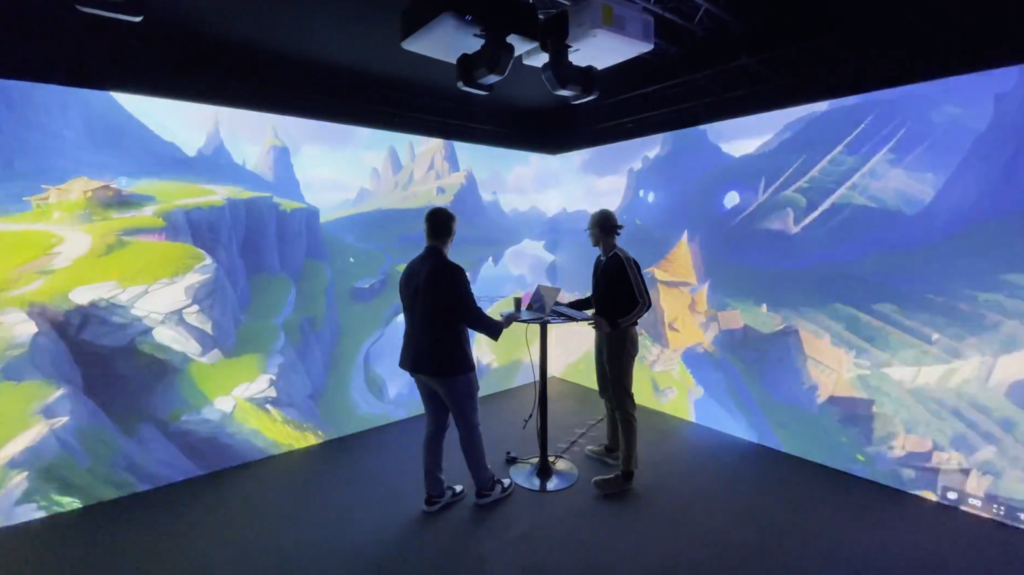
While the promise of shared immersive learning spaces is undeniable, it is important to acknowledge the barriers to adoption, particularly in resource-constrained settings. Immersive room technology remains an additional investment, potentially exacerbating inequalities between schools and organizations. As such, immersive learning experiences may become a differentiator in a competitive landscape, underscoring the need for strategies to democratize access to shared immersive learning spaces as part of the public infrastructure via libraries and schools.
Removing the Bottleneck: Easy Content Creation for Immersive Learning Spaces
ThingLink is founded on the idea that physical environments and the things in them offer us endless learning opportunities. The same way as we visit and explore new places, countries, museums, and exhibitions, we can explore and zoom in on details in digital, immersive learning environments.
Early on, ThingLink’s mission was to develop ways for adding an interactive layer of information to the physical and digital environments that would make learning more instant and impactful. Today, we support the creation of a variety of interactive experiences from virtual field trips and simulations with gamification to augmented reality training programs.
As the available learning infrastructure, platforms, and devices we use to access digital content continuously change and update, we want to make sure that the digital learning experiences our users create can be shared across platforms, including shared immersive spaces through immersive reality technology.
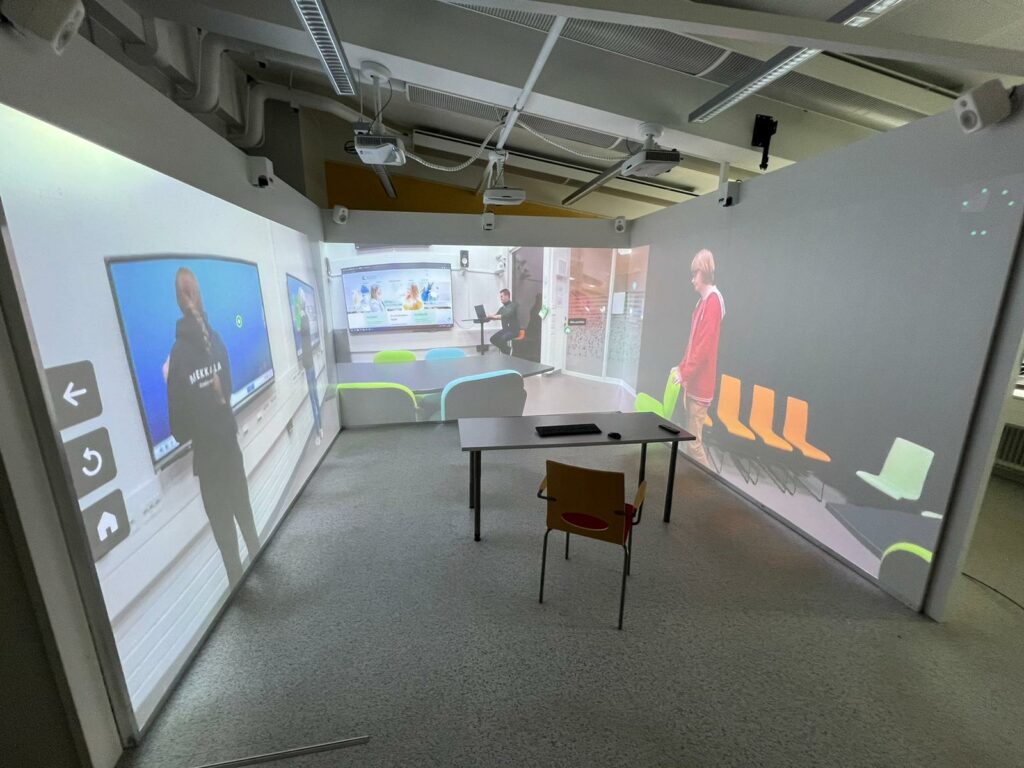
In 2025, one of ThingLink’s key focus areas in development and partnerships will be easy content creation for immersive learning spaces. Technological advancements in AI-assisted content creation allow us to enhance interactive learning content creation further using existing learning materials as a source.
At the same time, we are interested in exploring further the positive scenario or AI (artificial intelligence) assisted content creation in education that Salman Khan describes in Brave New Words; the possibility of calling forth historical events or figures in real-time for students to engage with directly.
As we continue to explore new technologies for shared immersive spaces, our mission stays the same: to make learning more engaging, contextual, and memorable, and to develop transforming technology for better learning outcomes, onboard and upskilling experiences.
From classrooms and student exhibitions to corporate training spaces and showrooms, the applications we have seen so far are already reshaping the way we think about physical spaces in which we learn and collaborate.
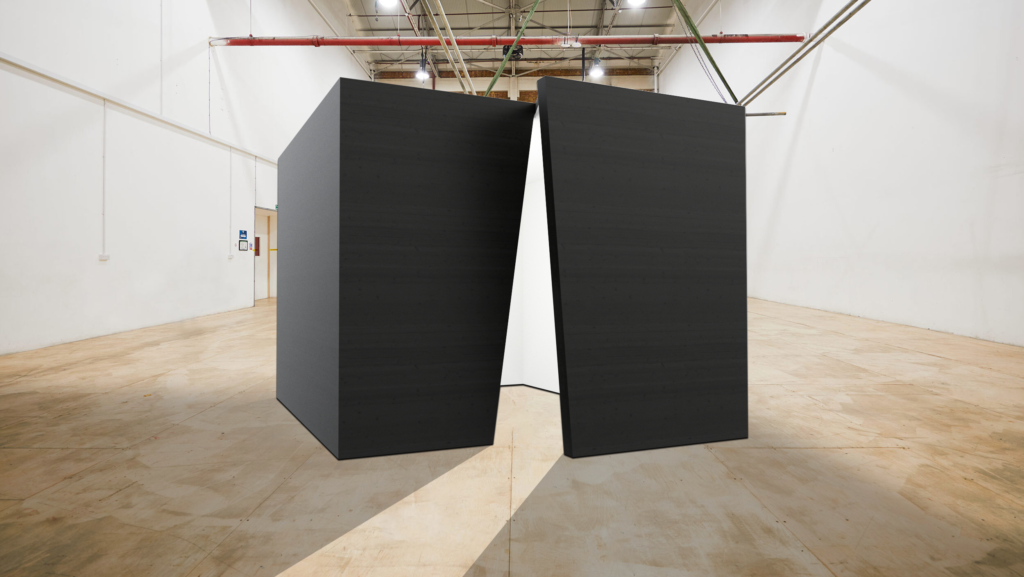
In the coming year, we are more than excited to share more thoughts and examples about learning in immersive spaces with our partners Epson, Igloo Vision, BenQ, and OiOi Smart Spaces.
Read more about the original theory behind ThingLink
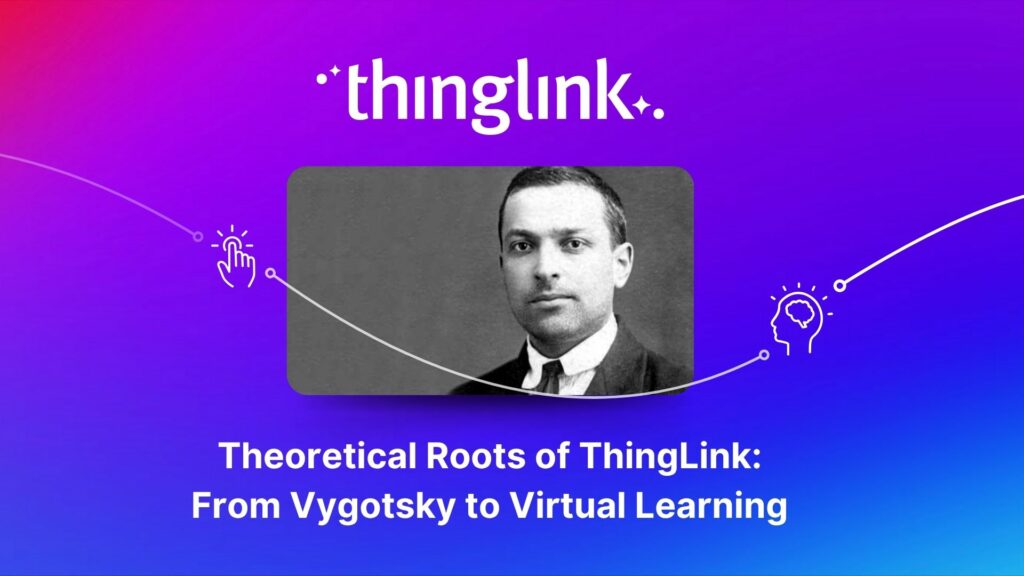
If you are interested in hearing more about immersive learning environments or shared immersive spaces, its applications, and installations, drop us an email or book a meeting with one of our product experts.
Book a free consultation
Learn more about how your organization can save resources and effectively support learners and trainees with immersive learning spaces. Schedule a free call with our Enterprise Executive today.
